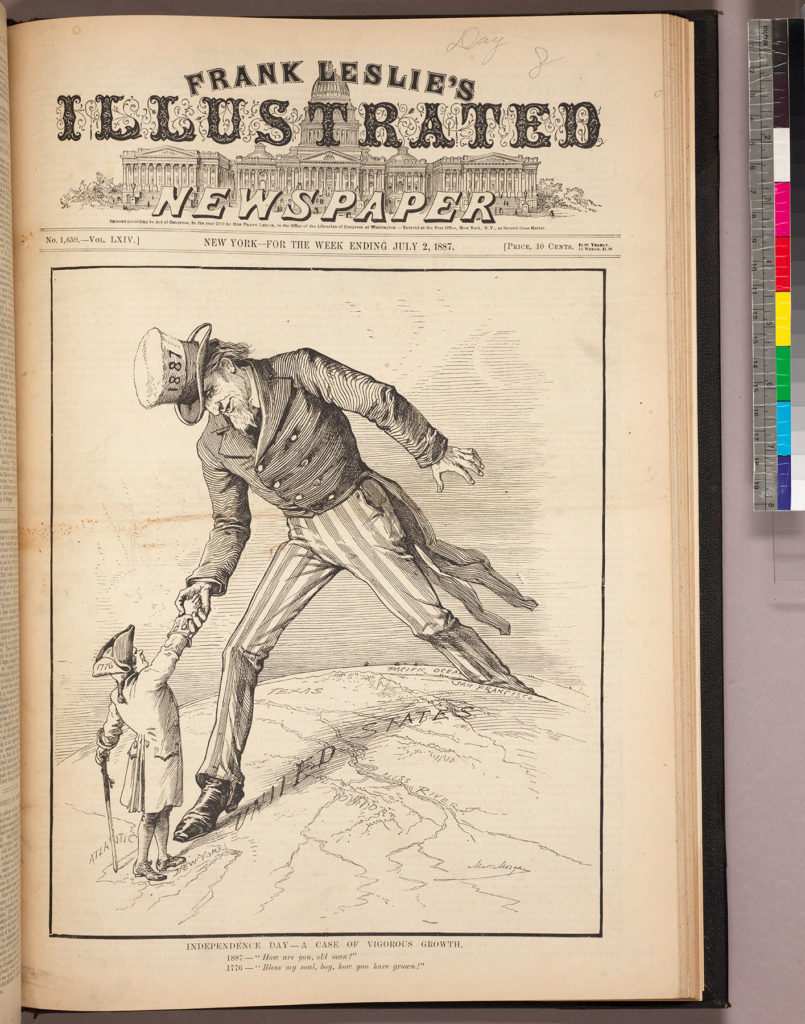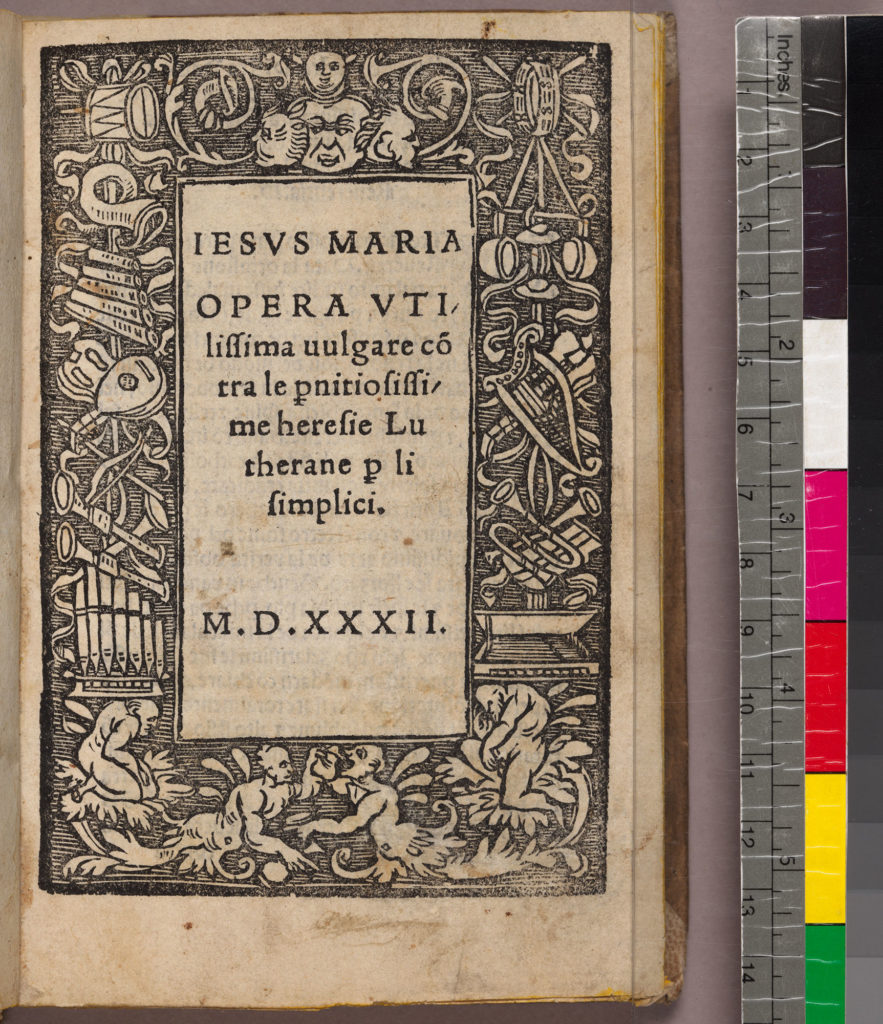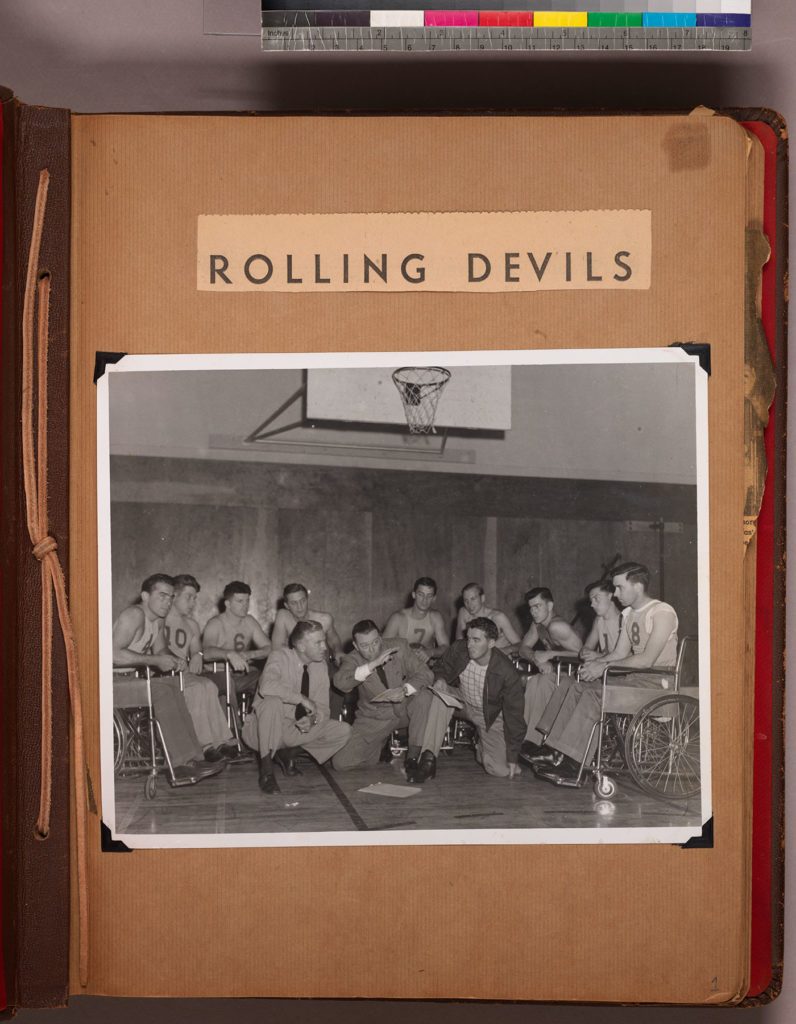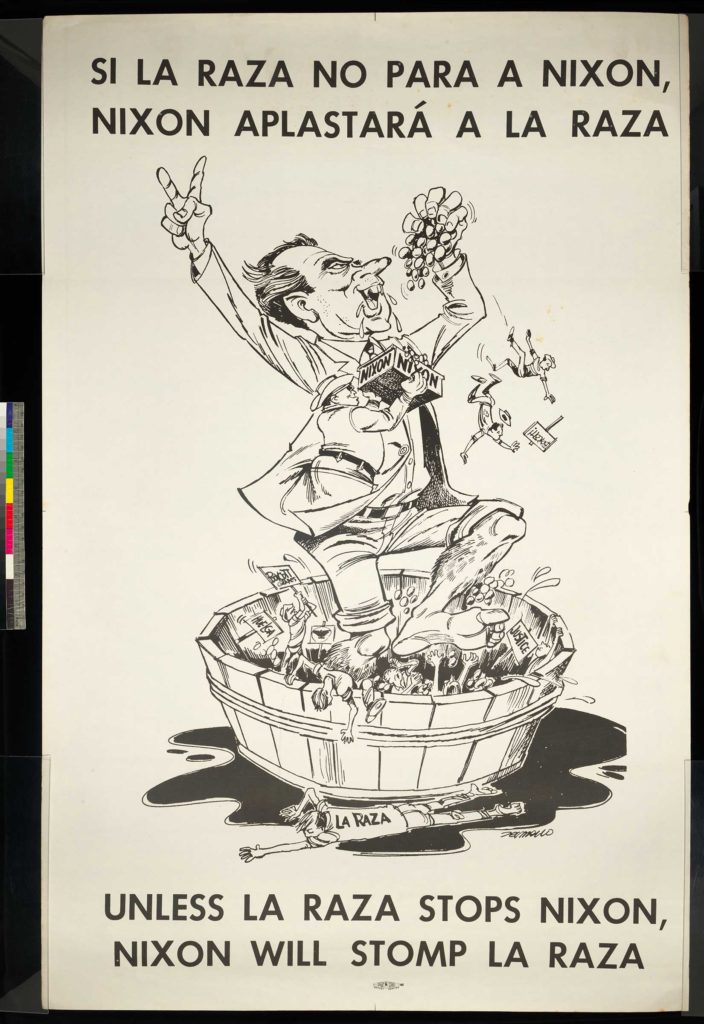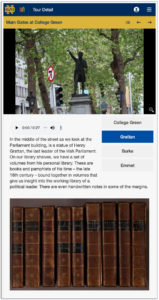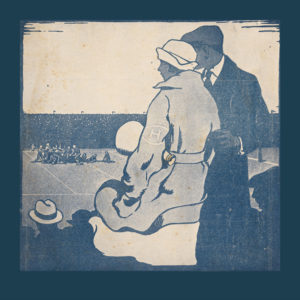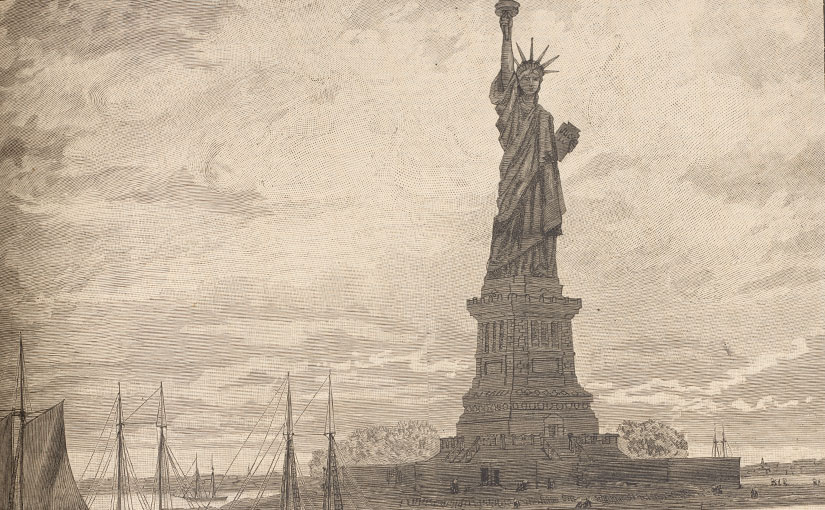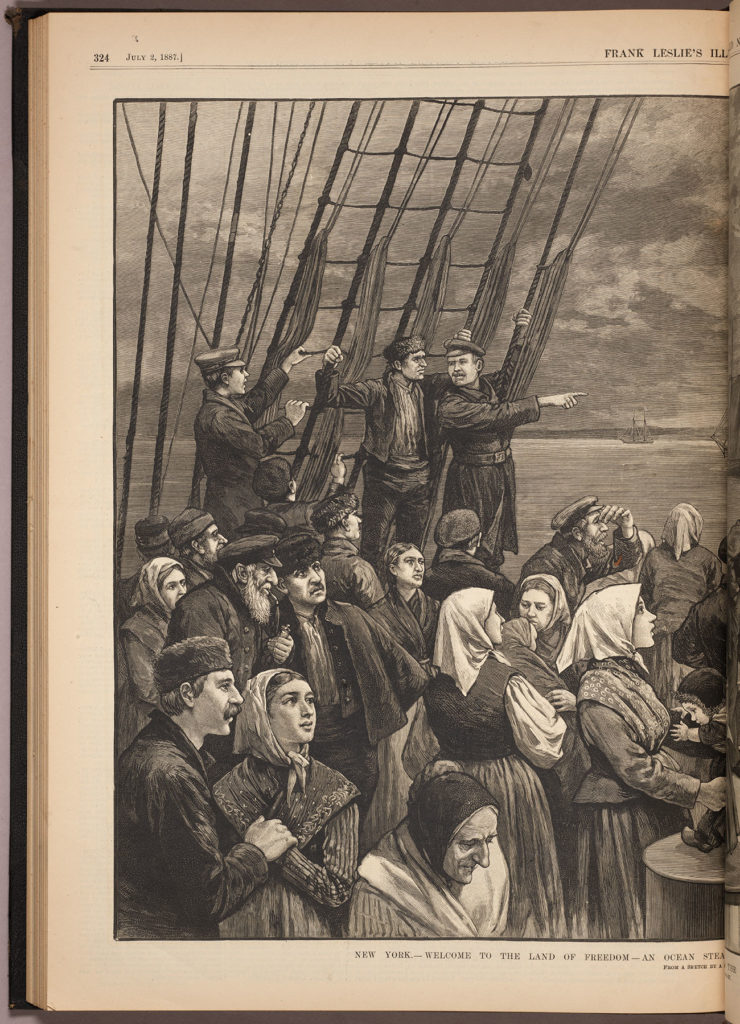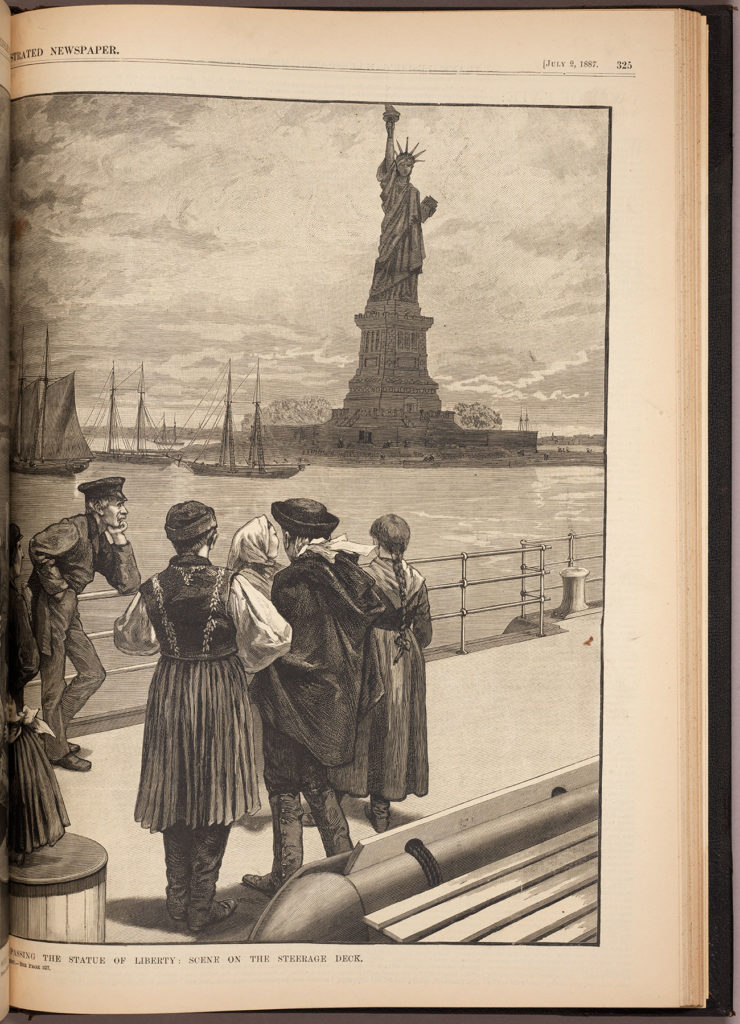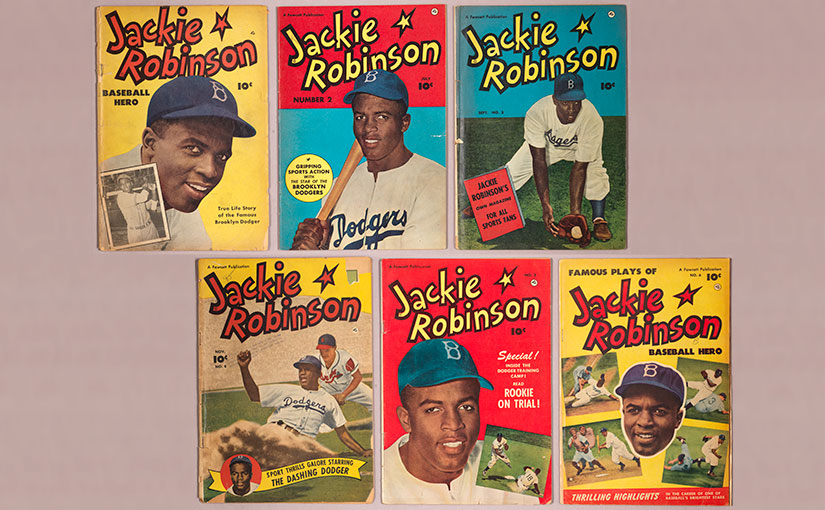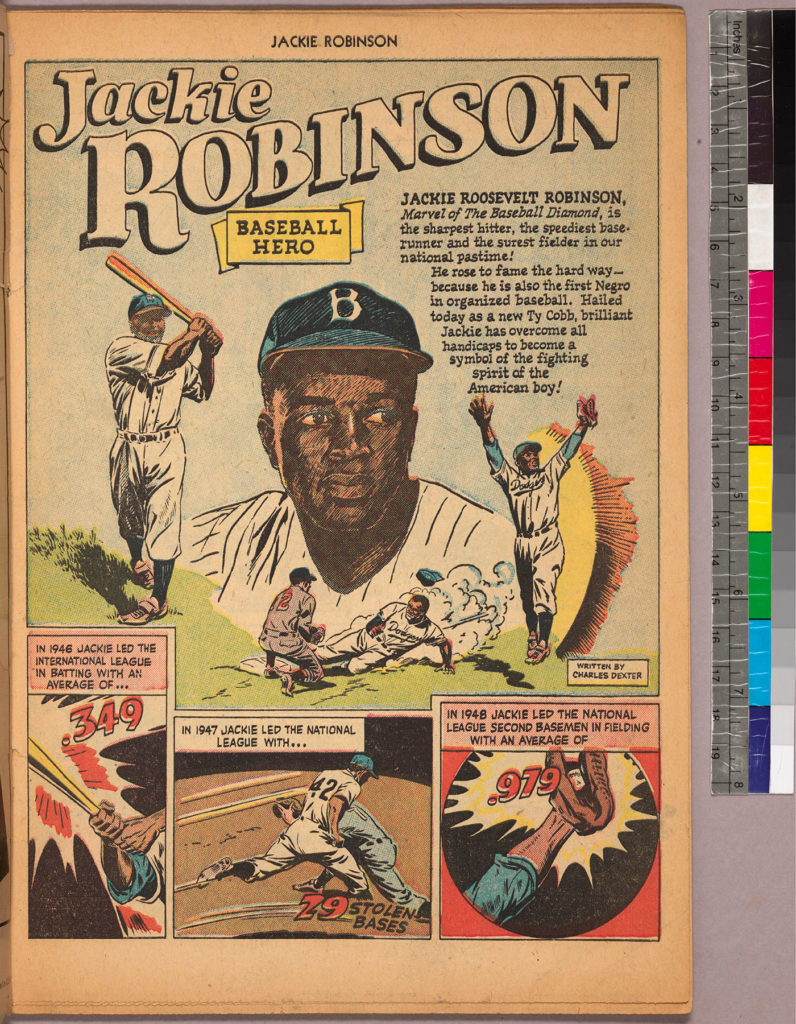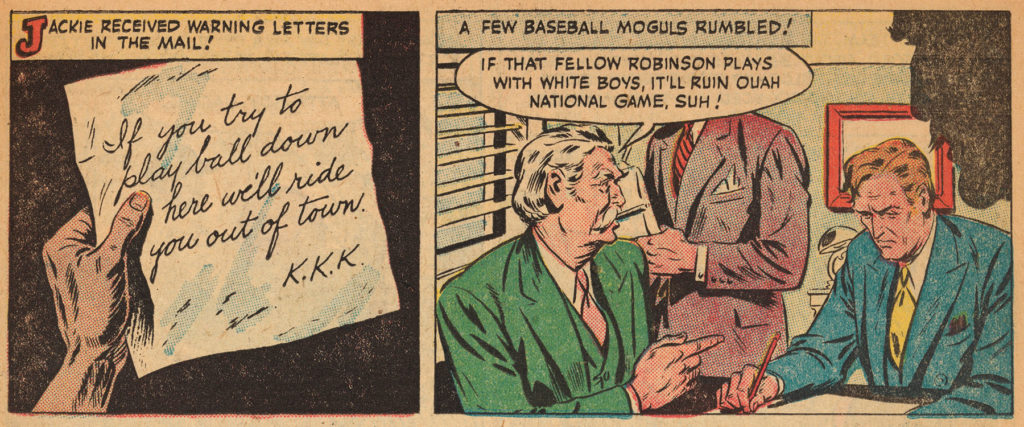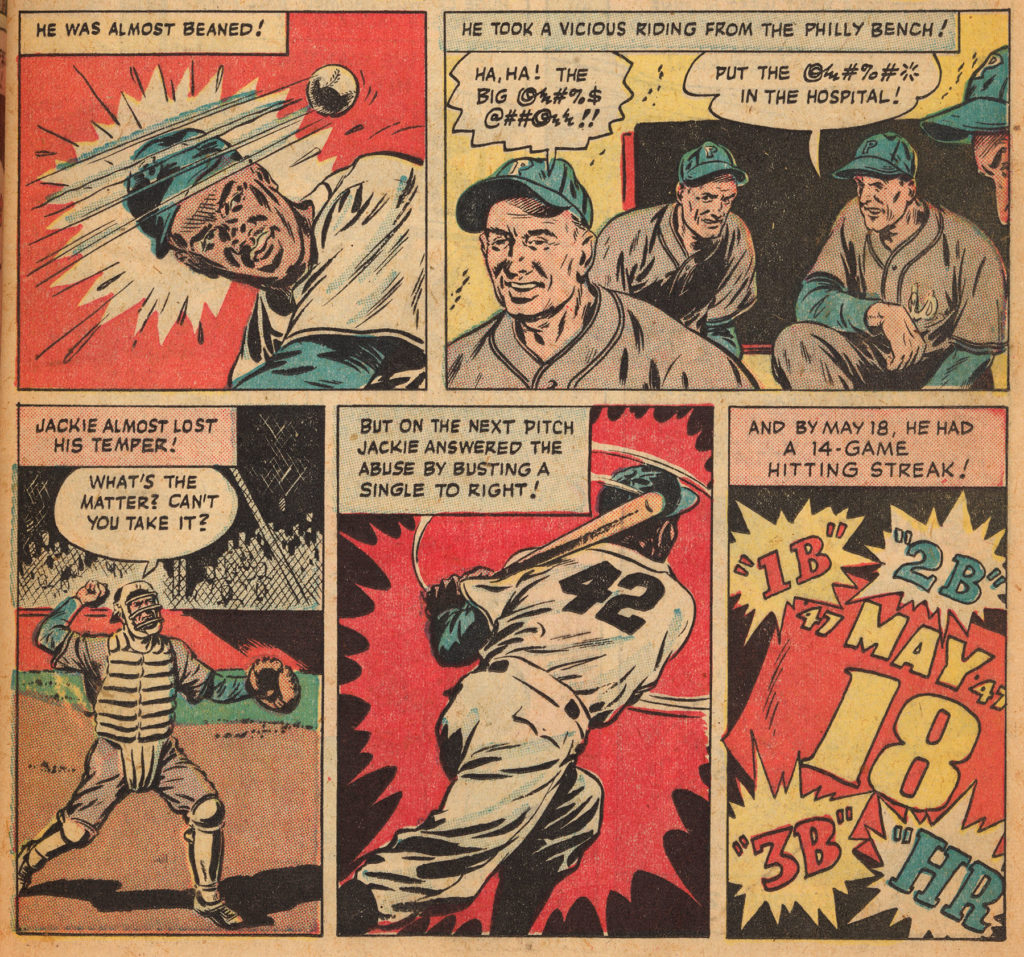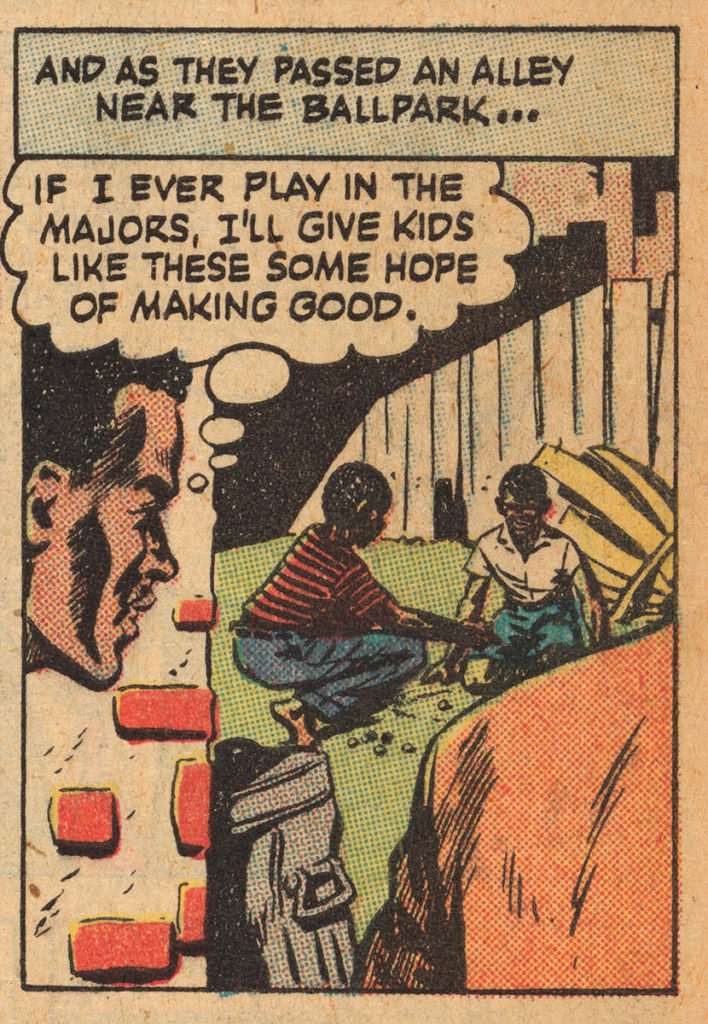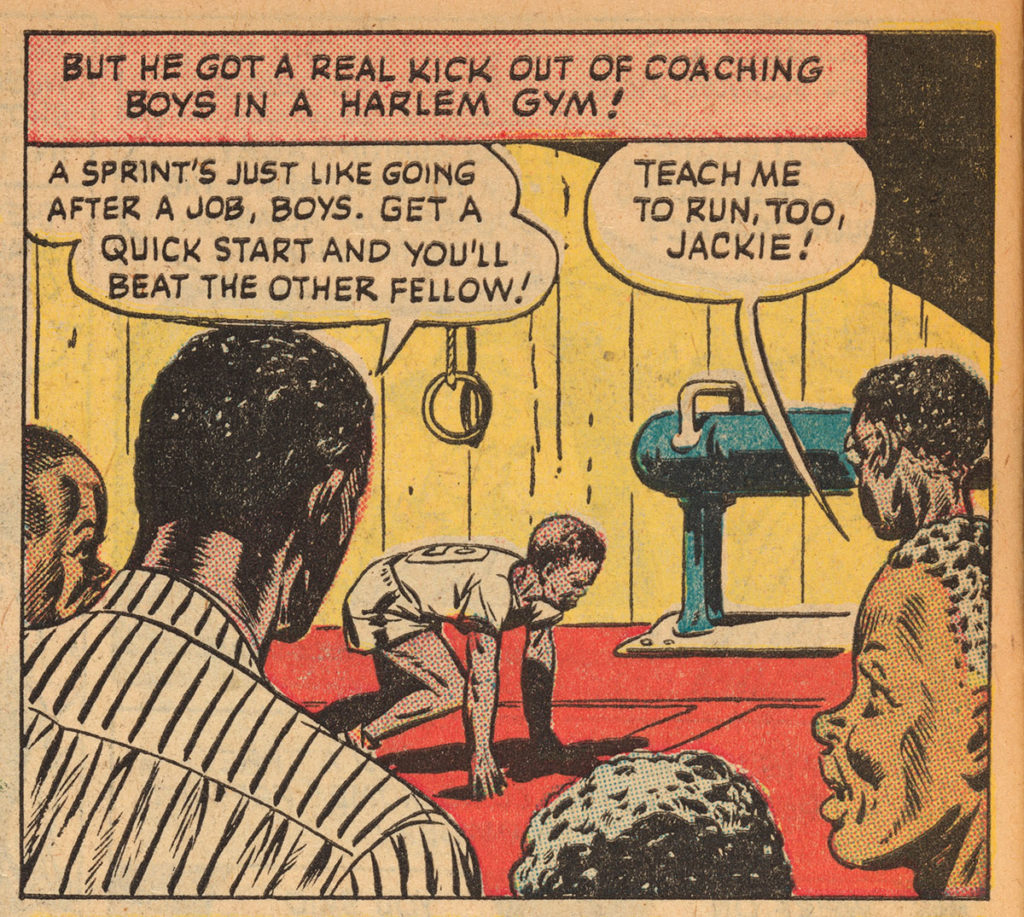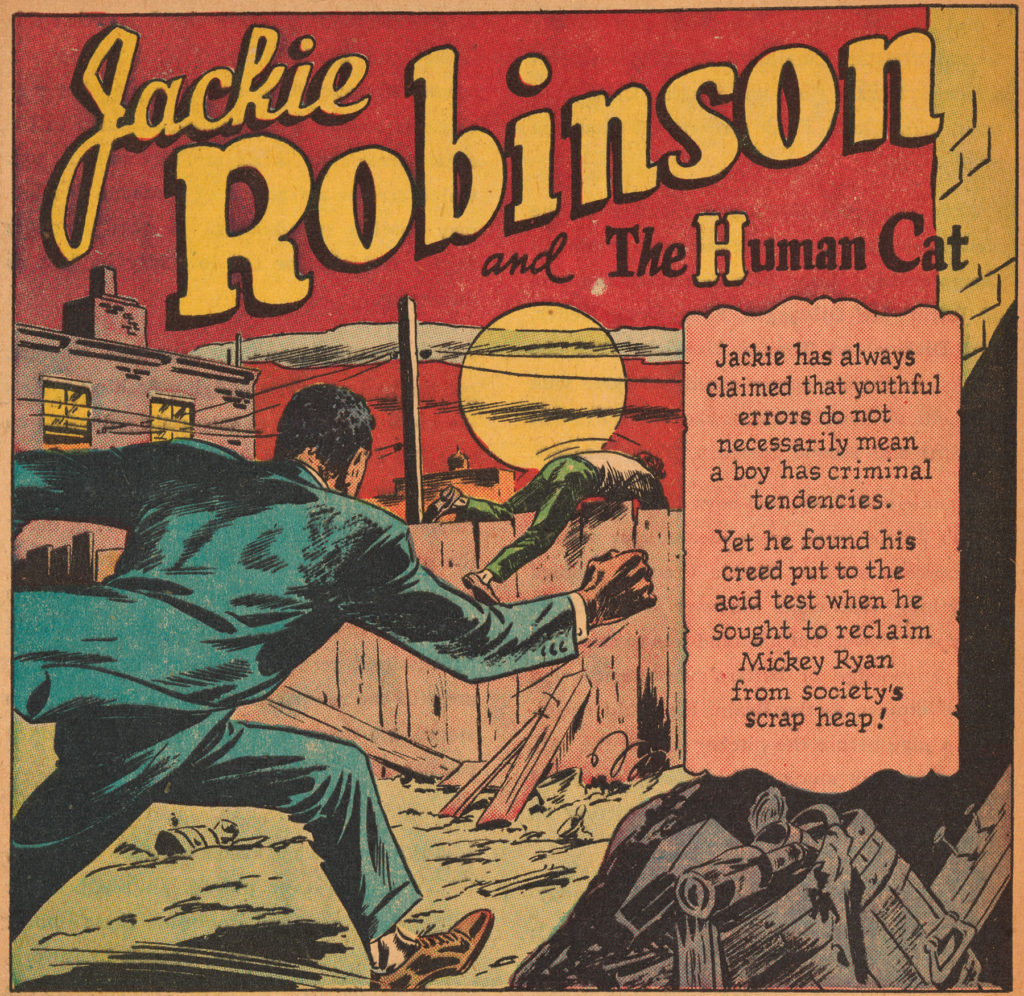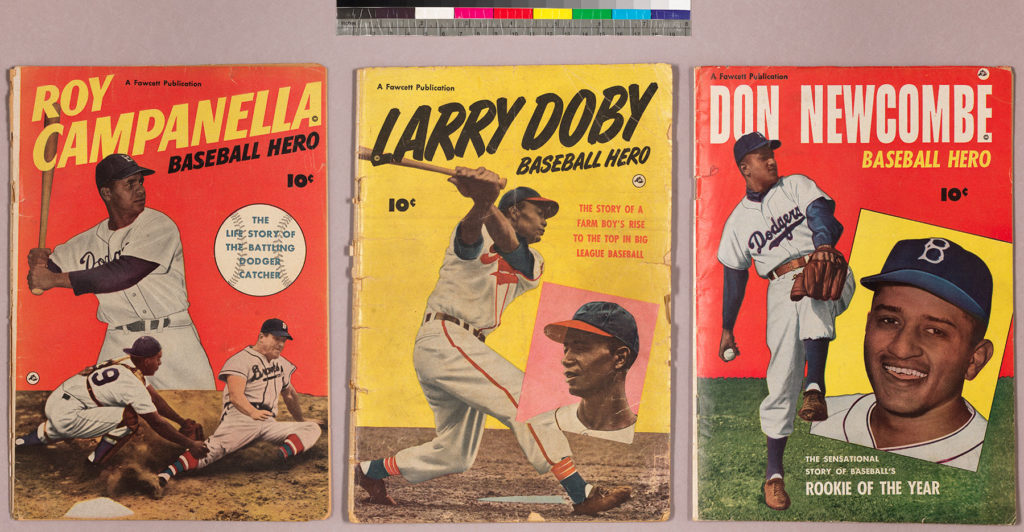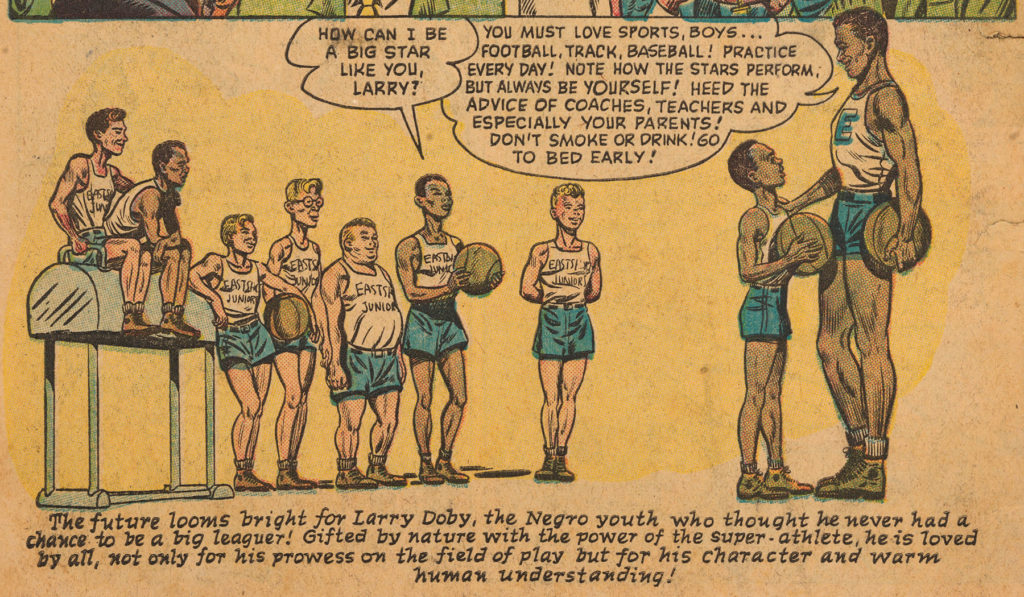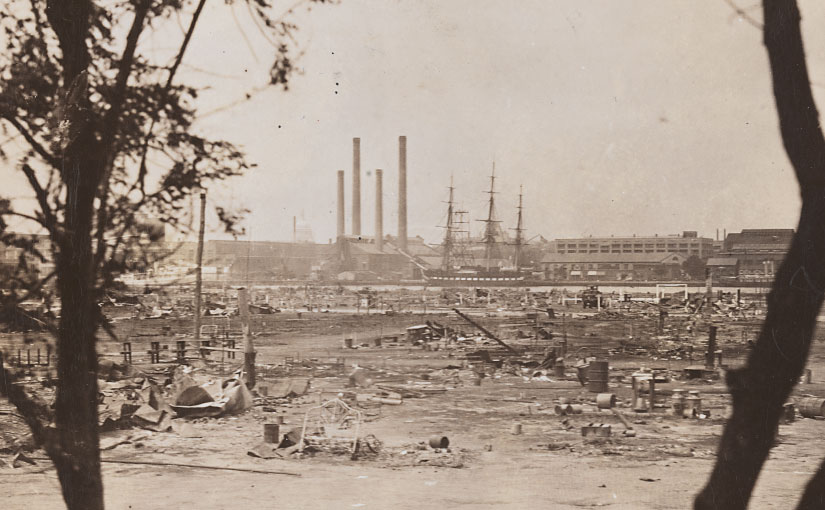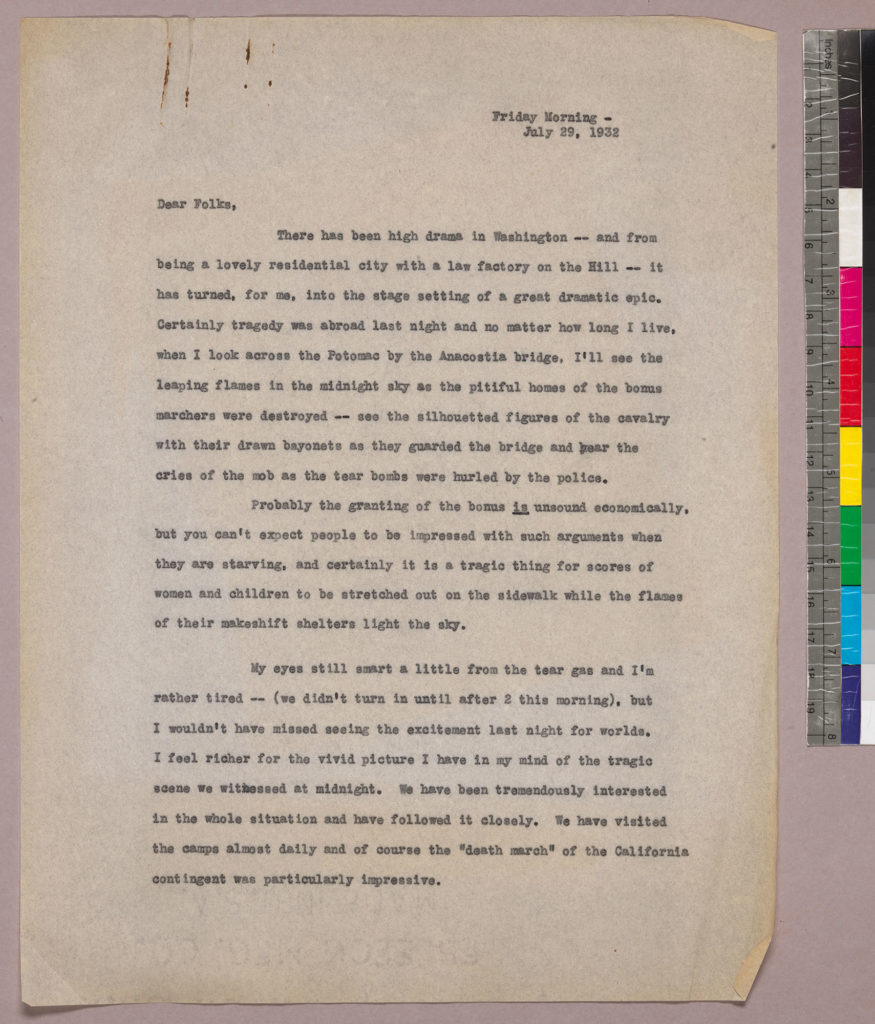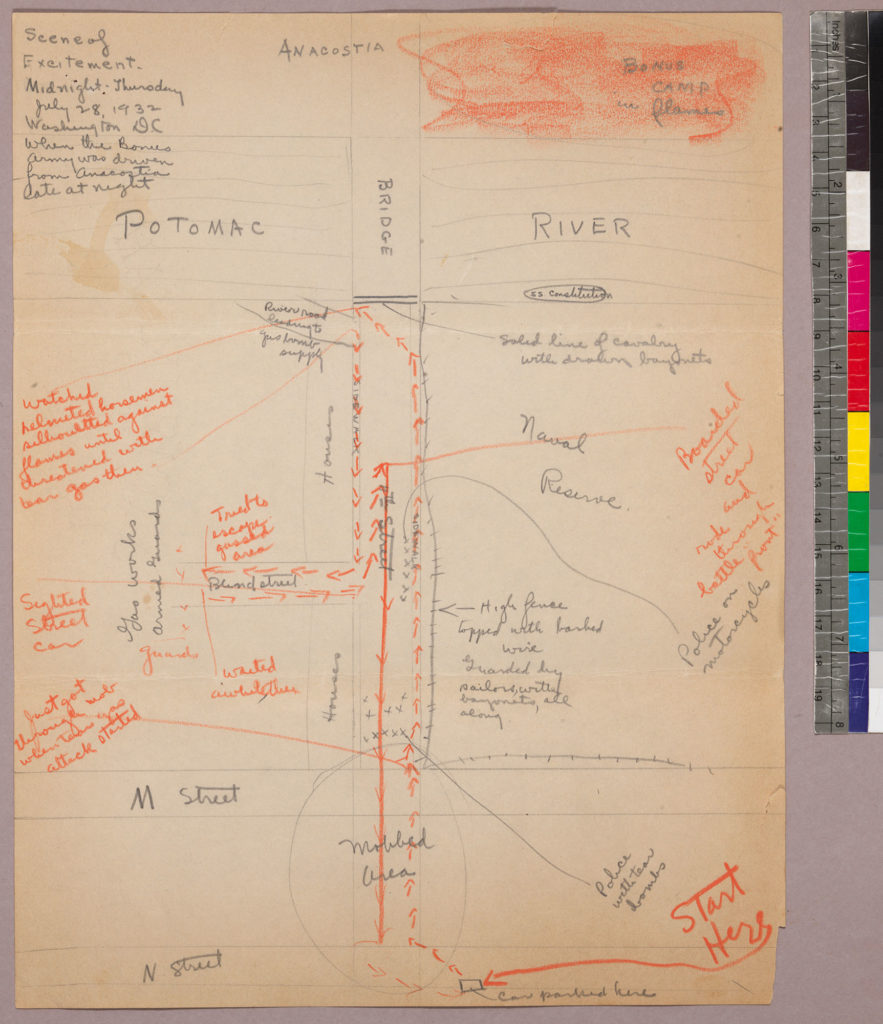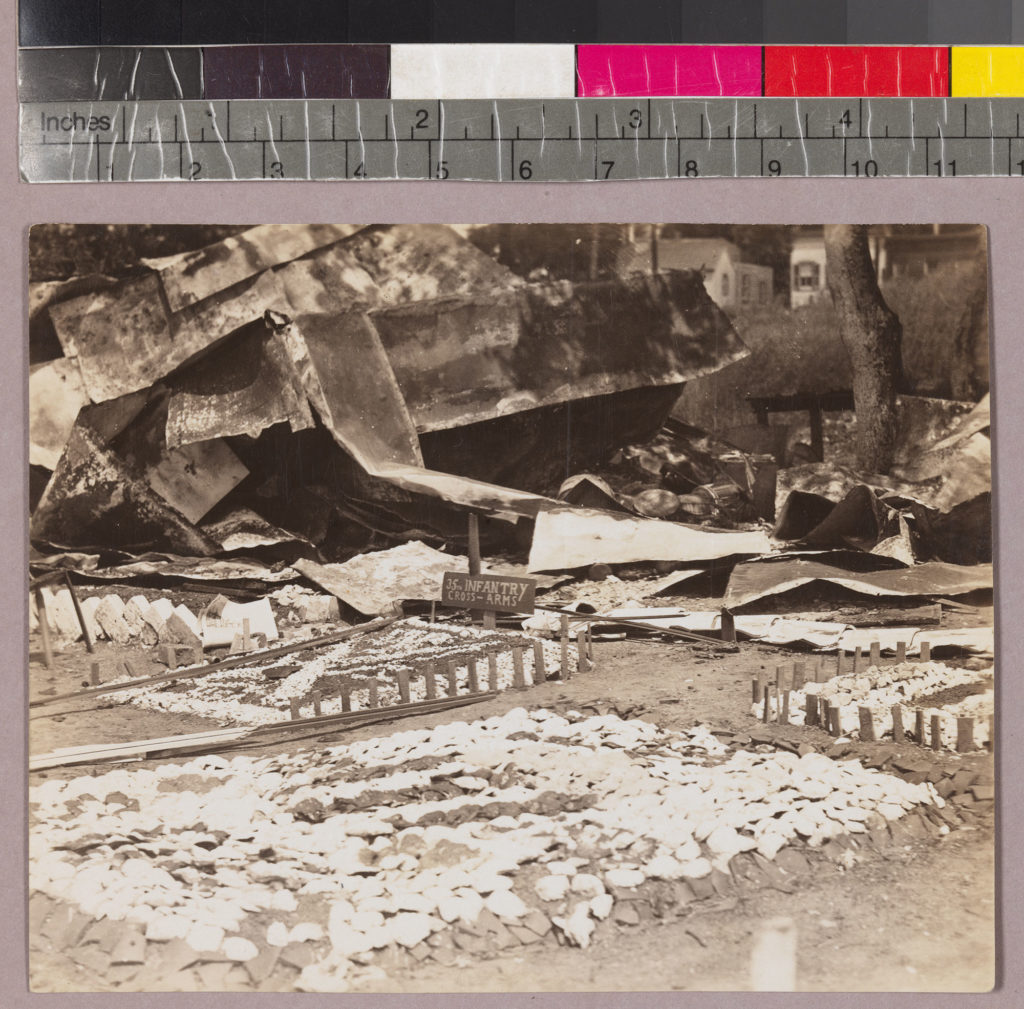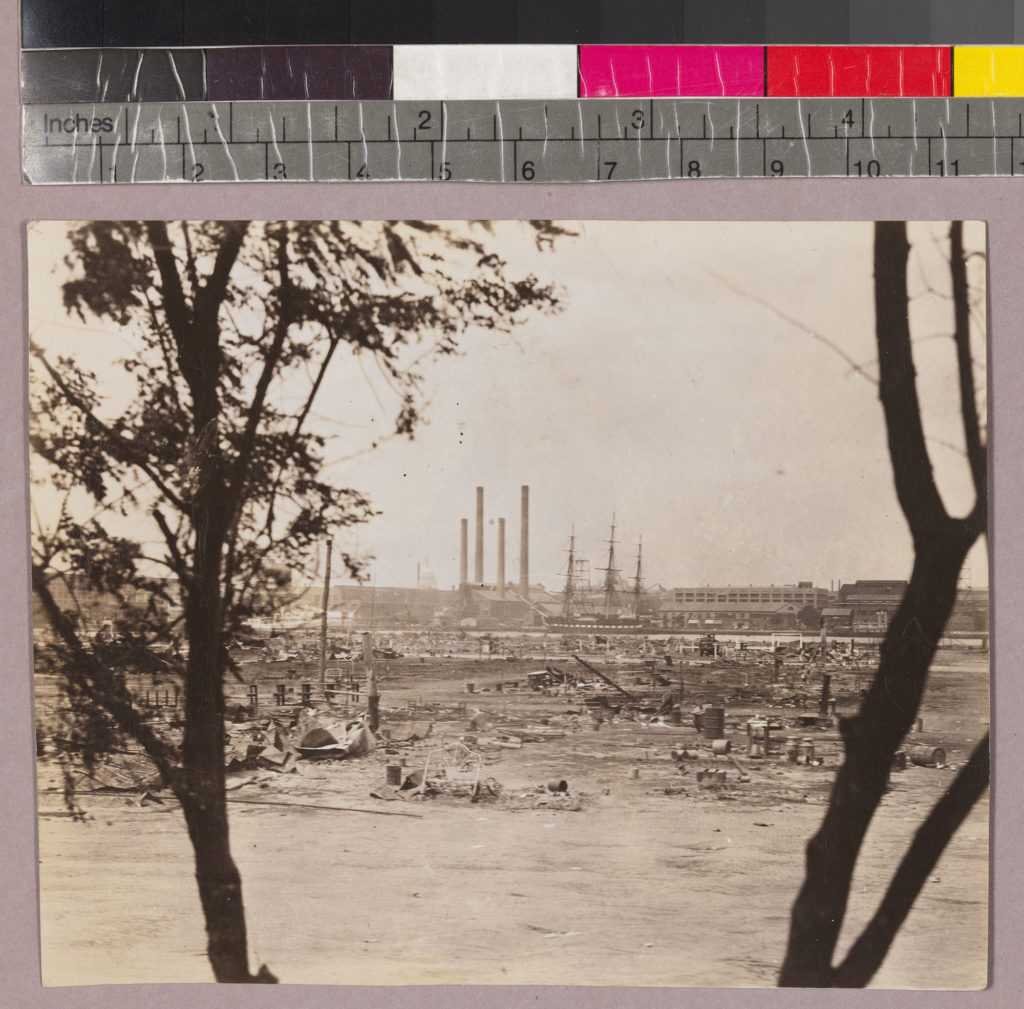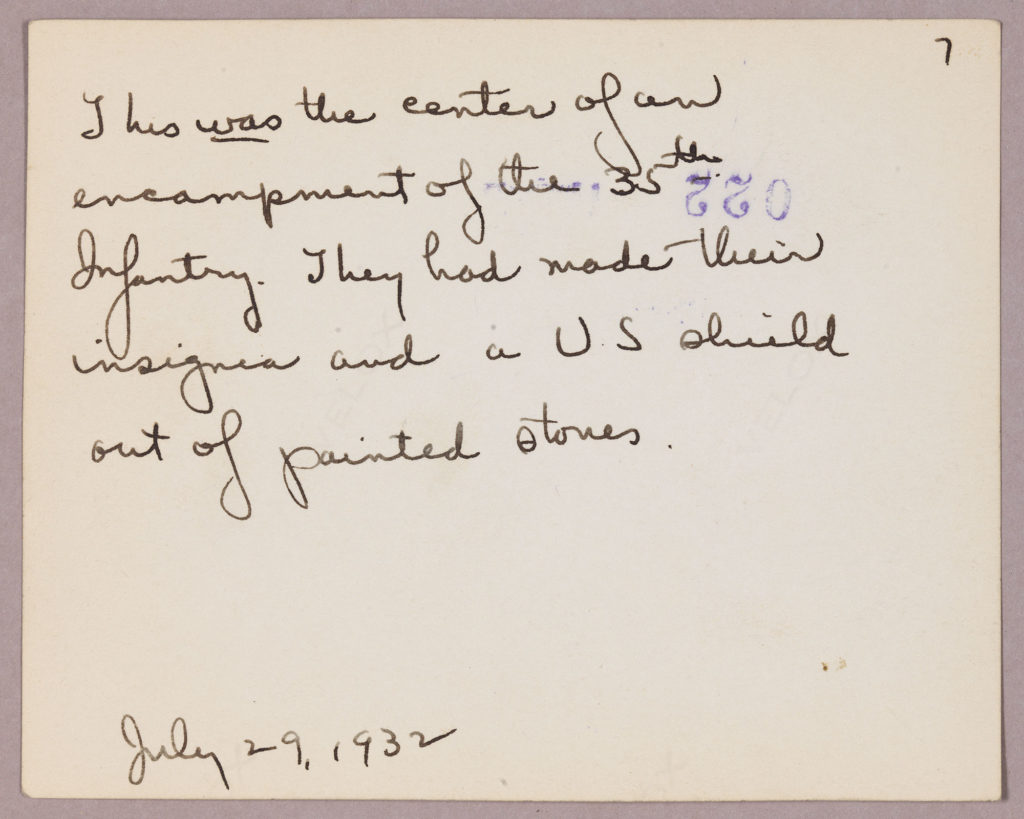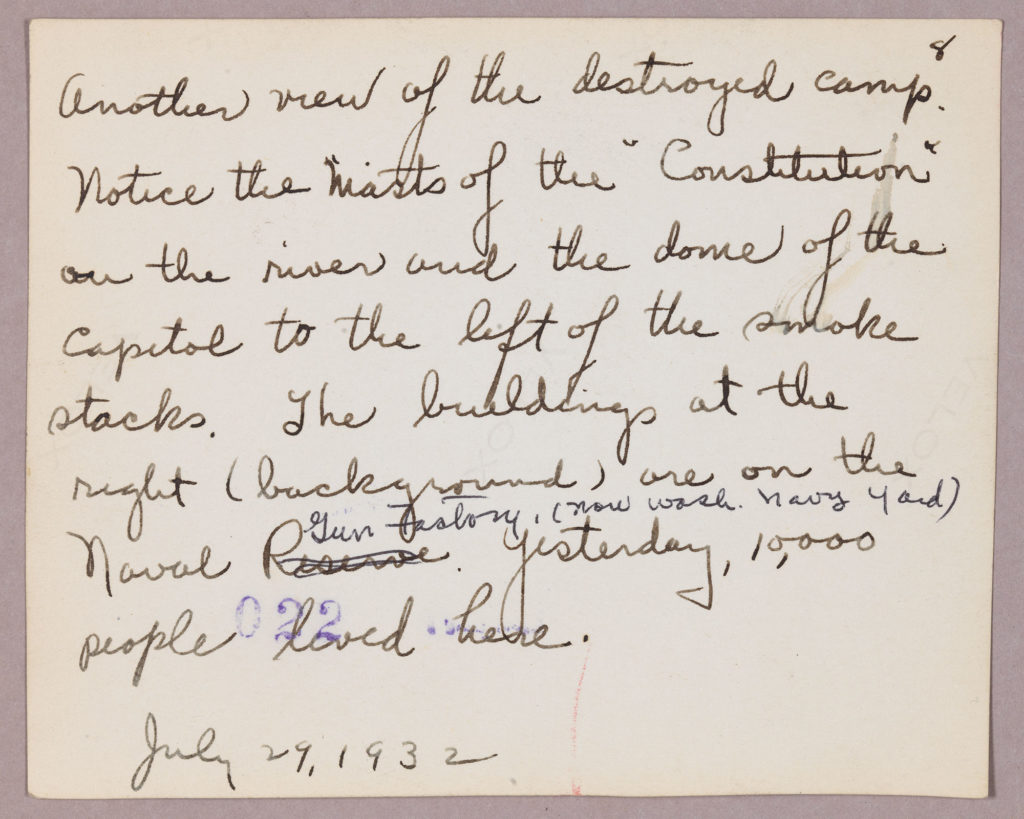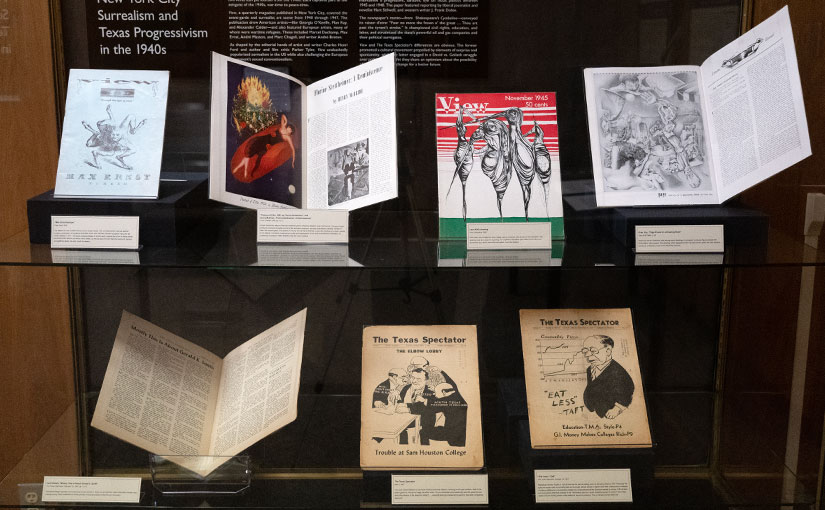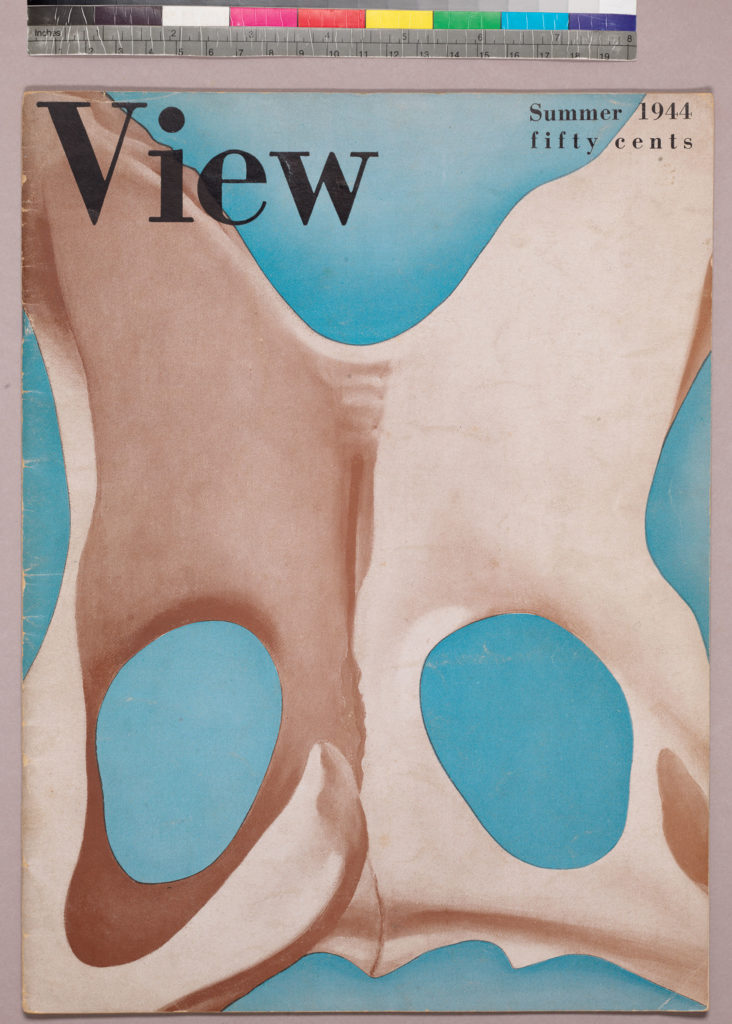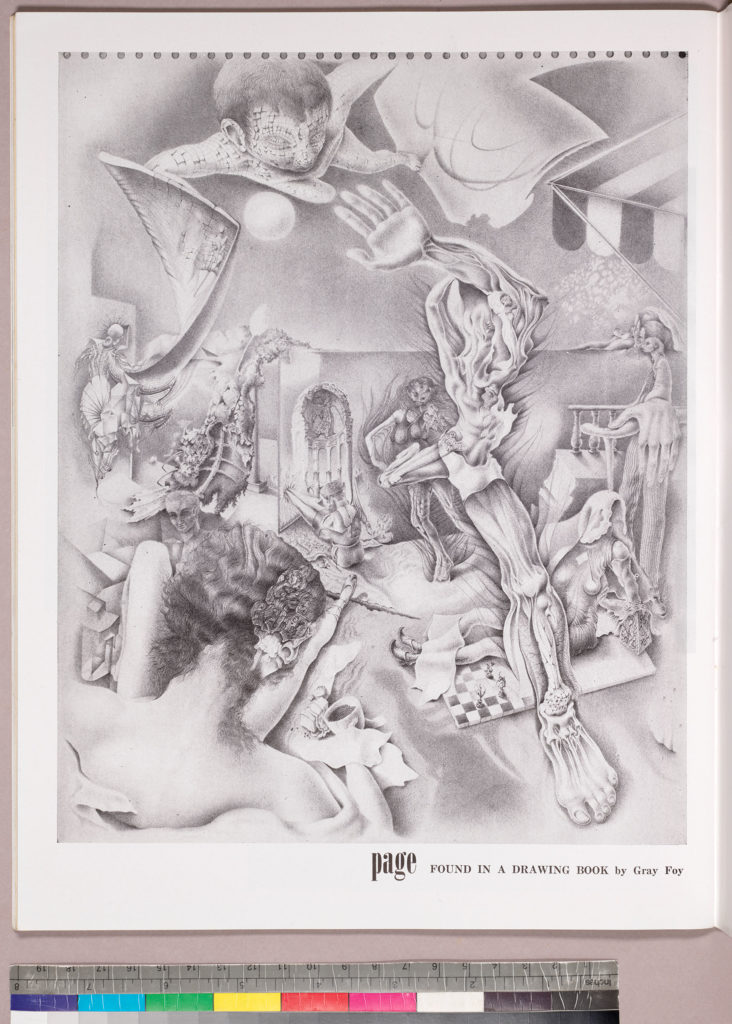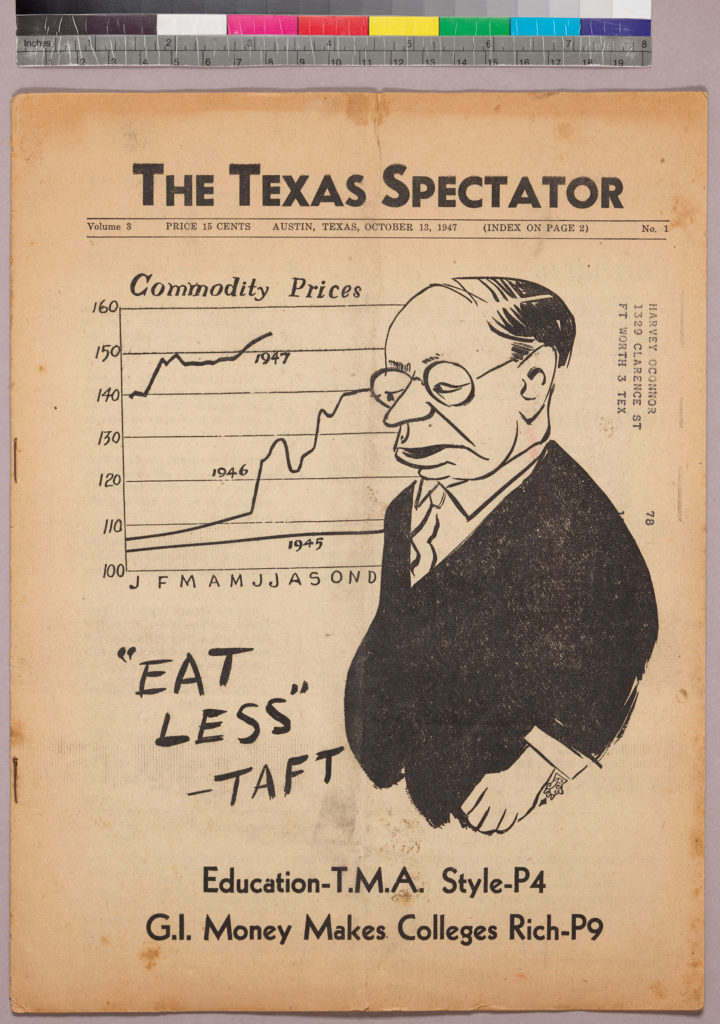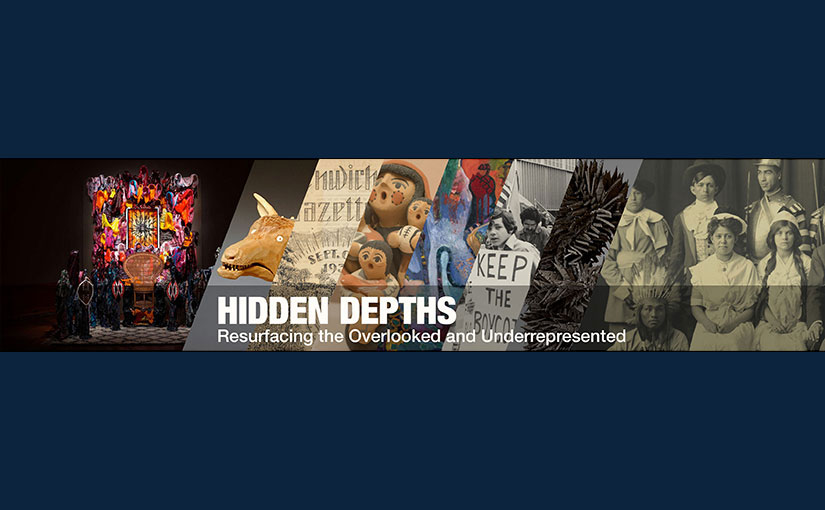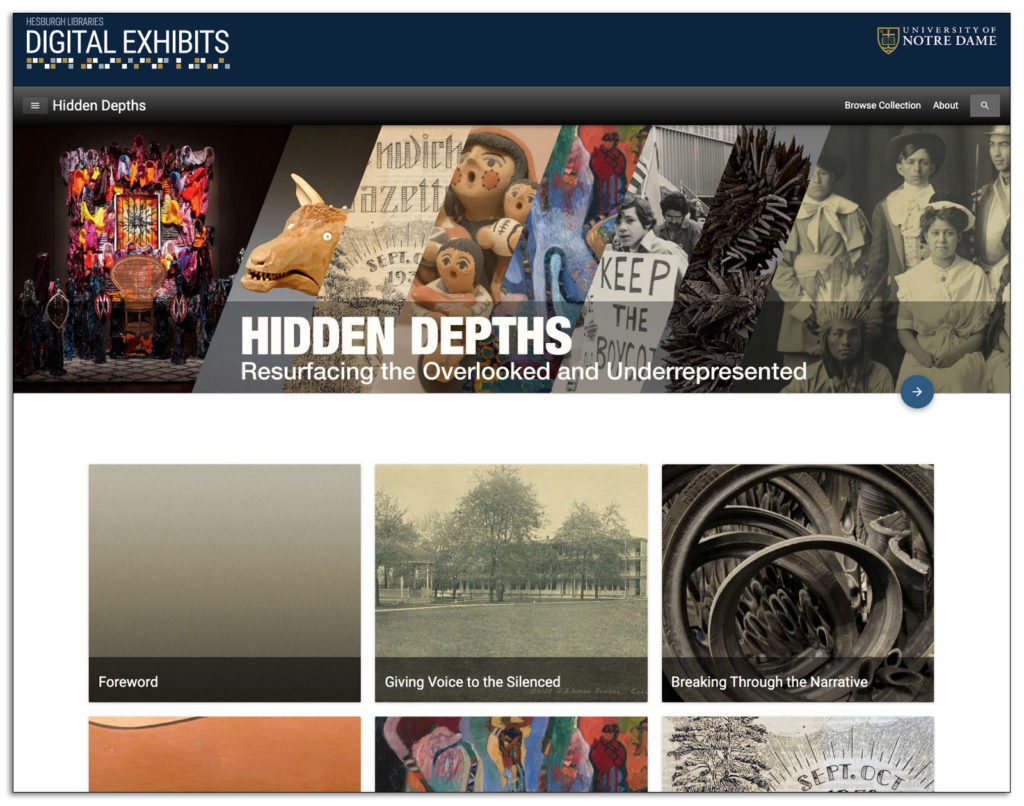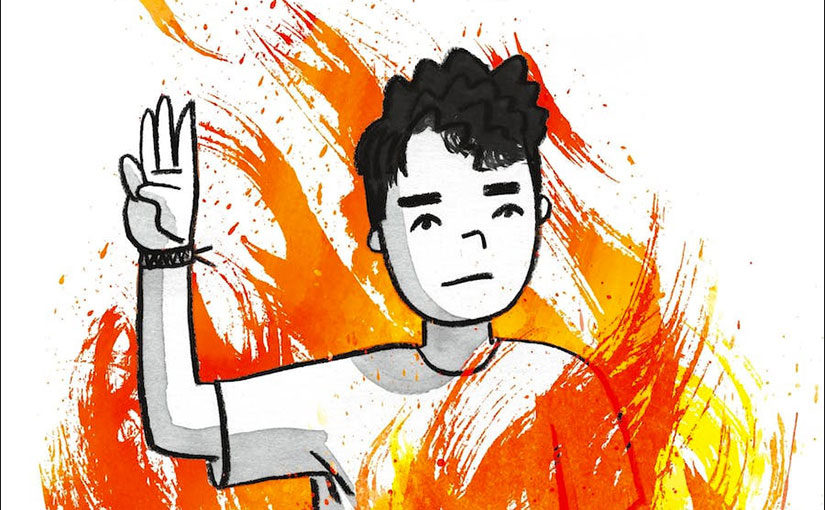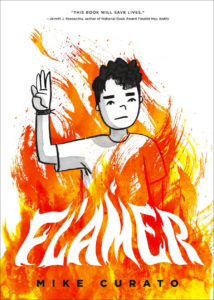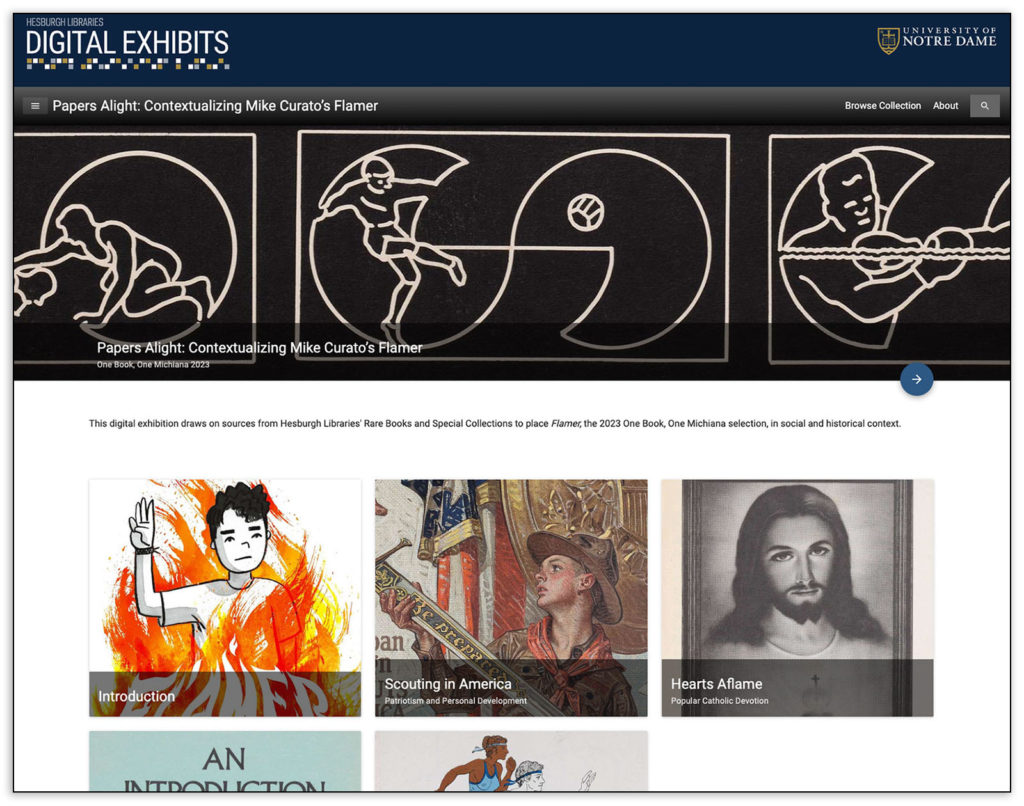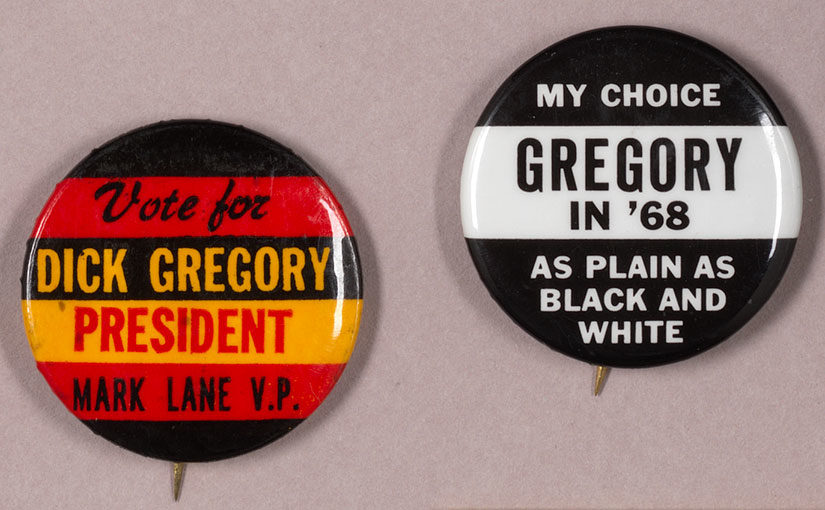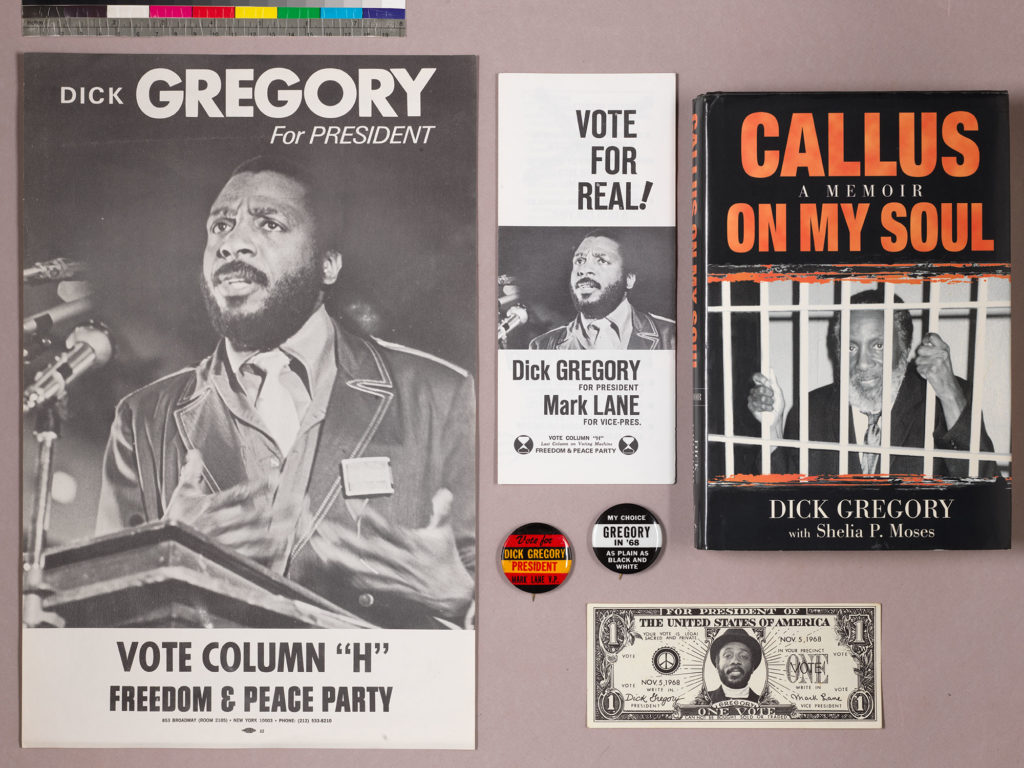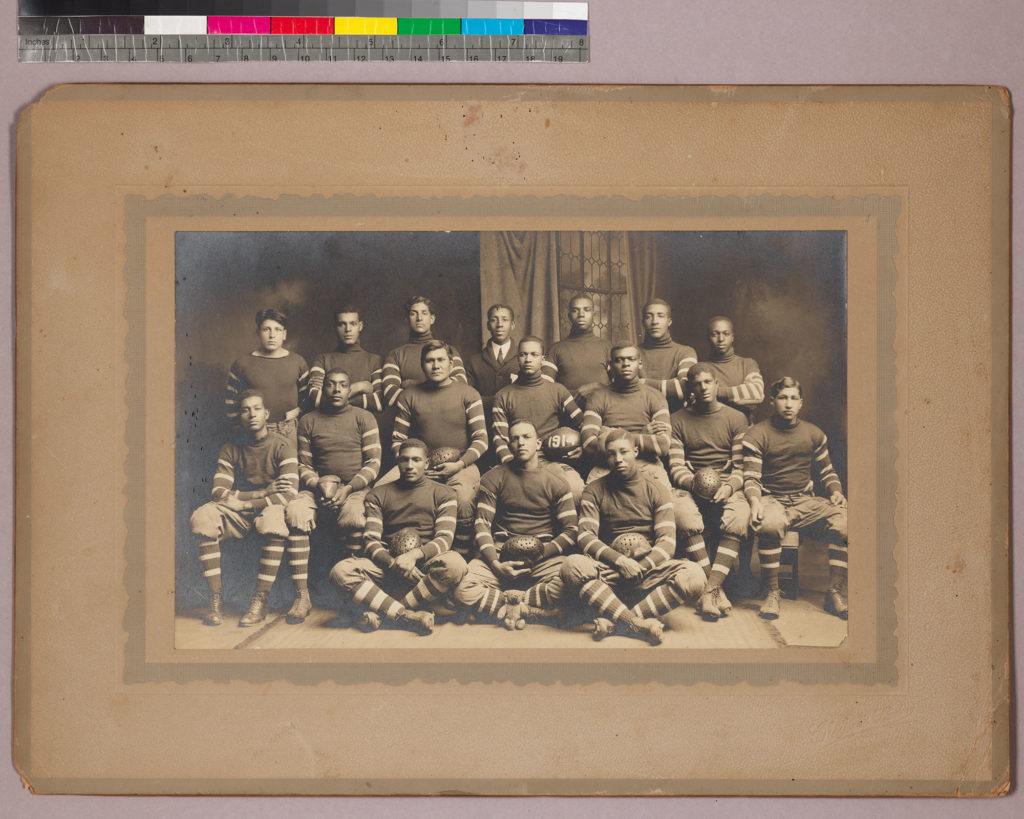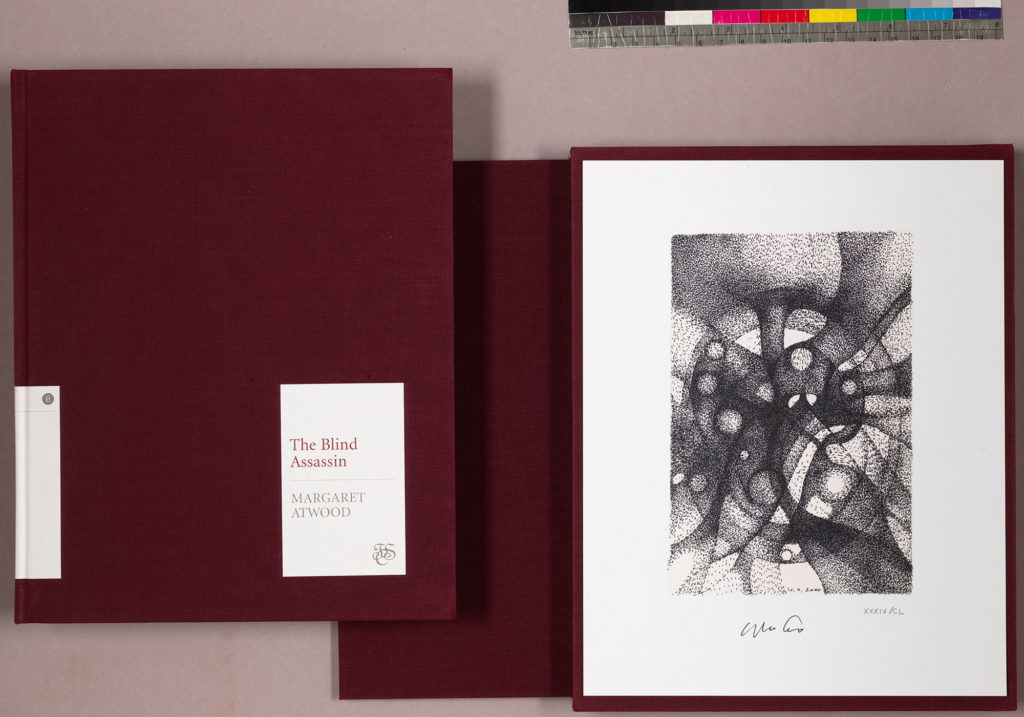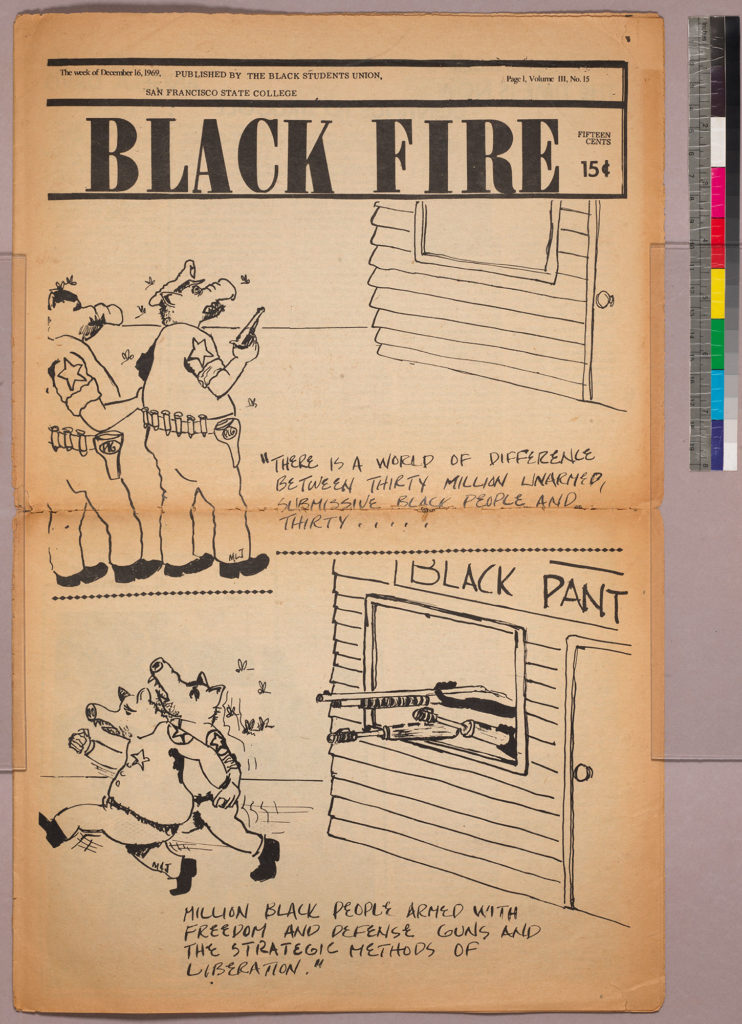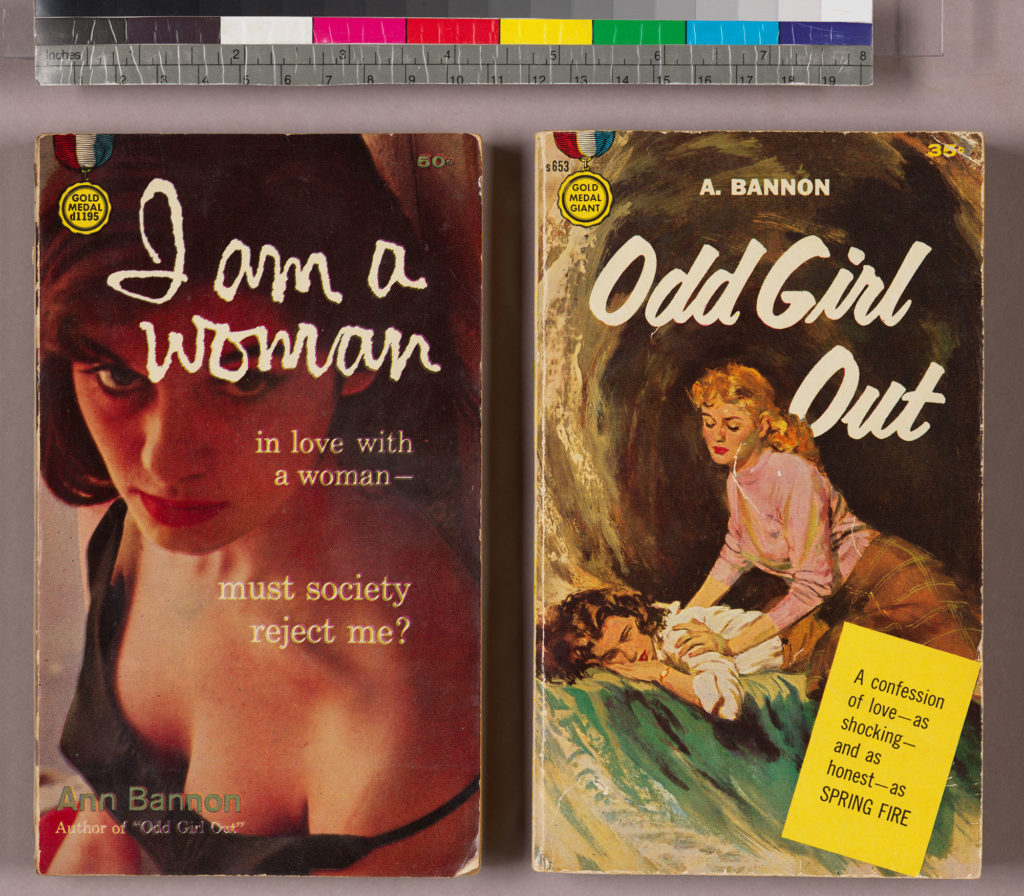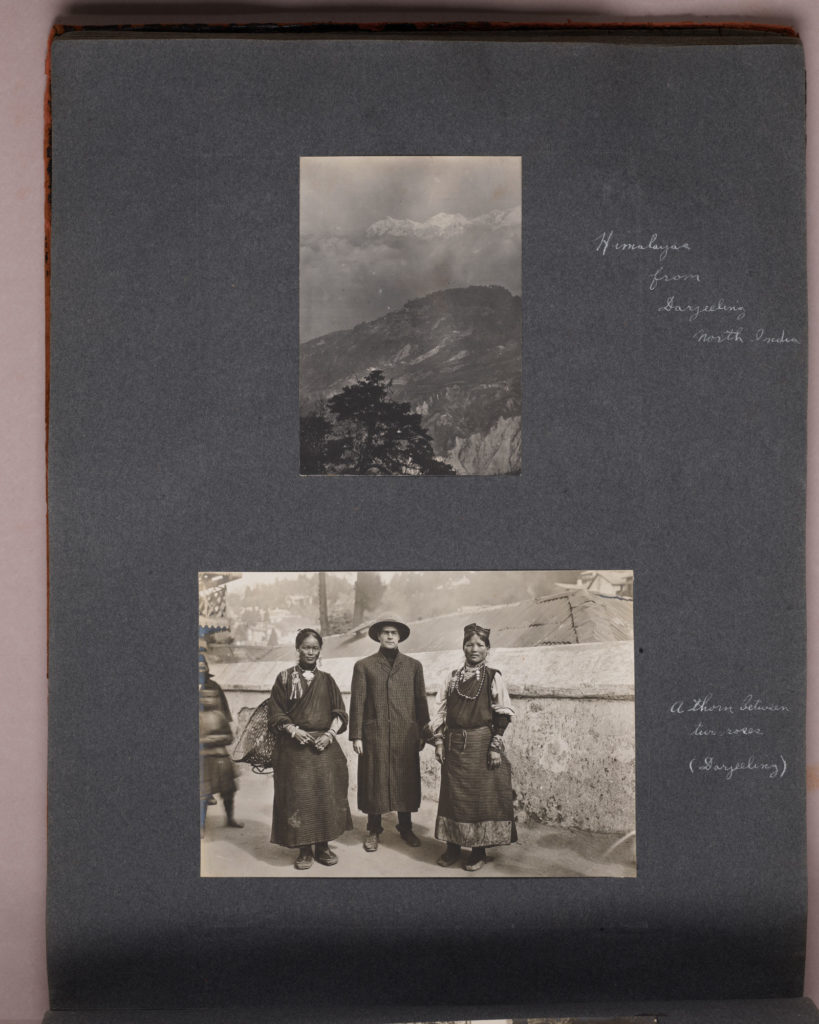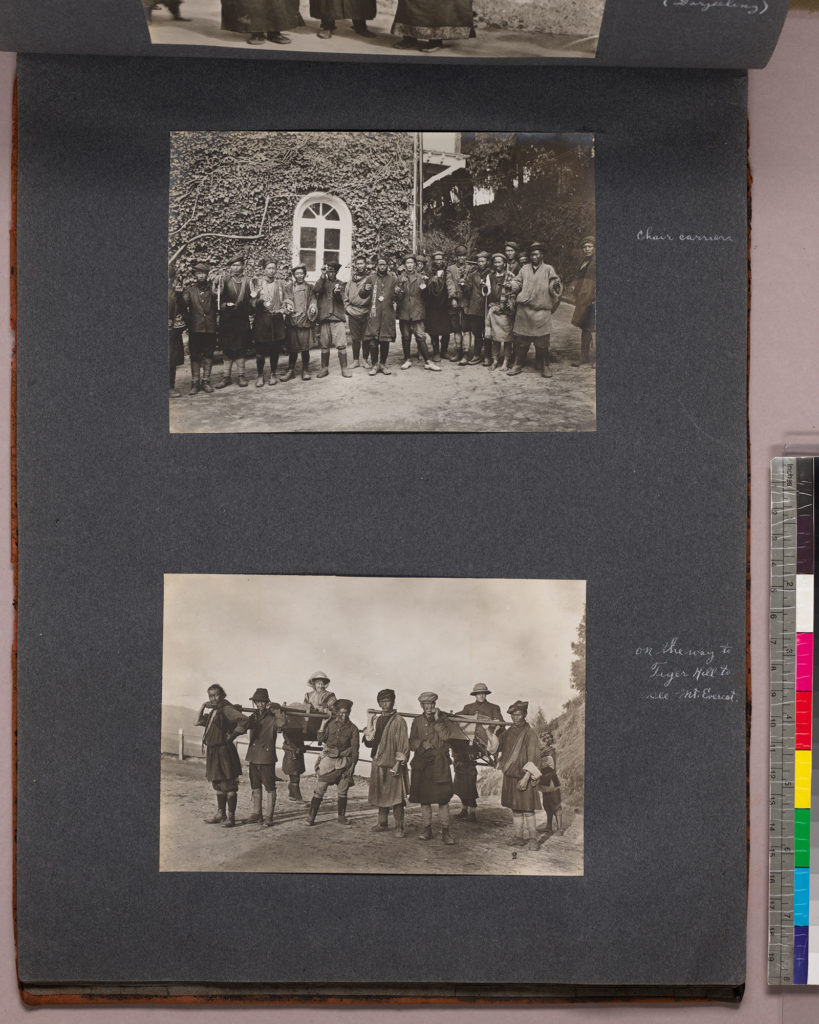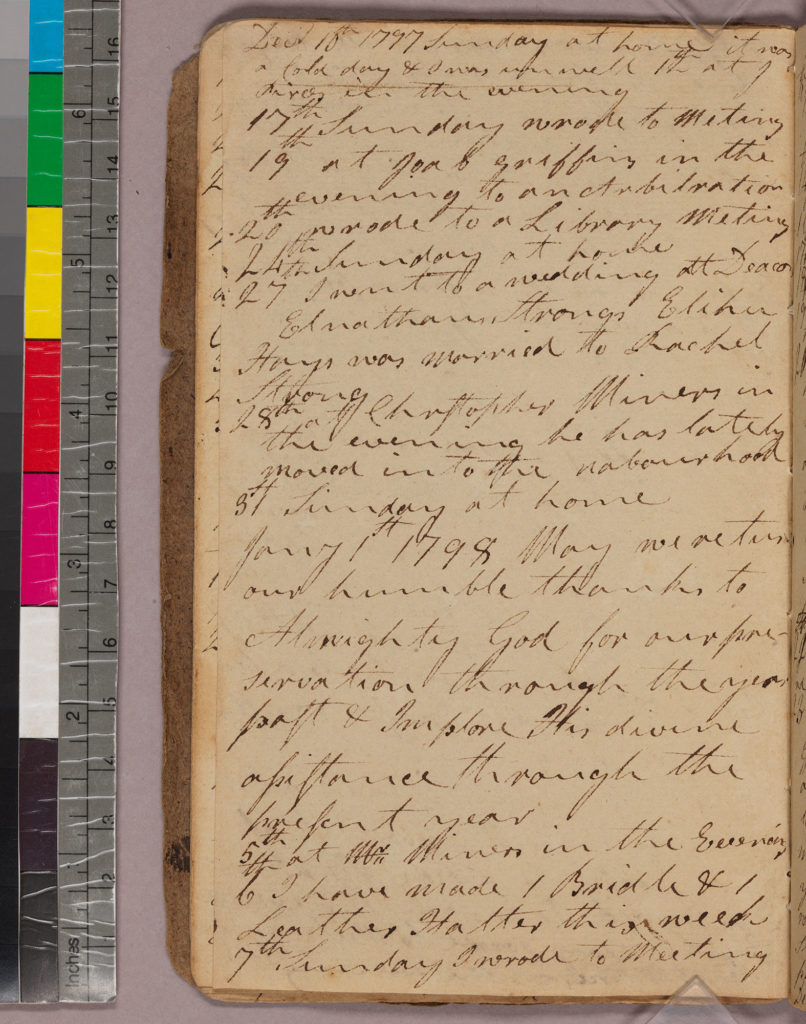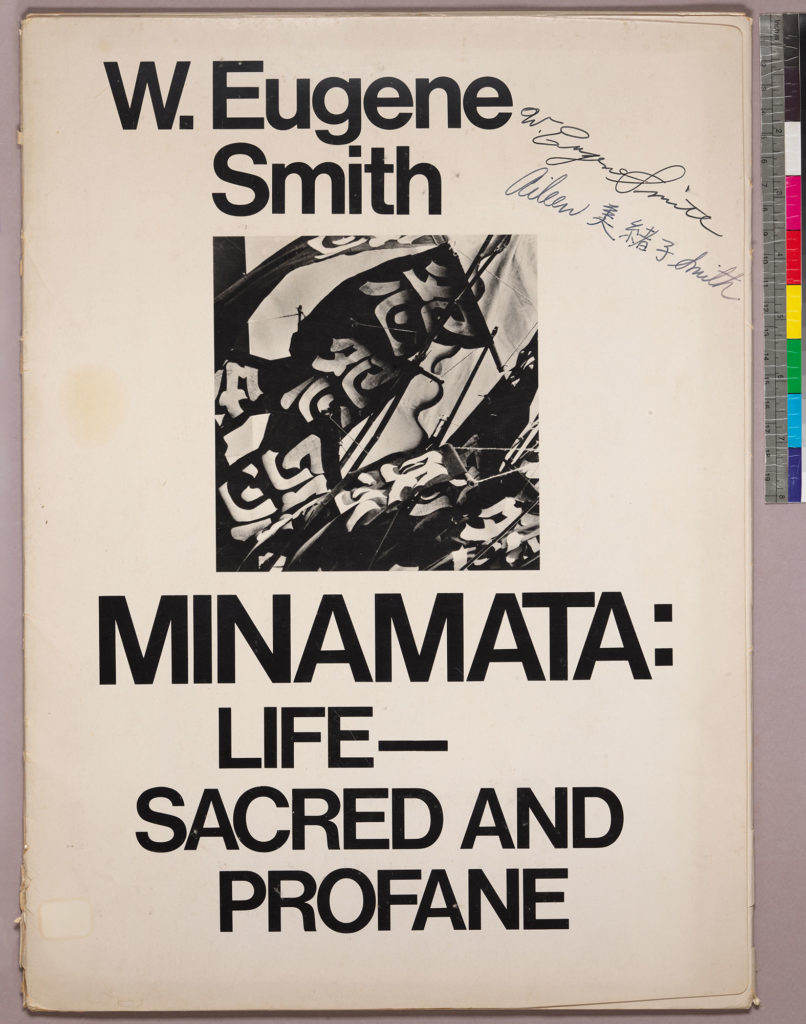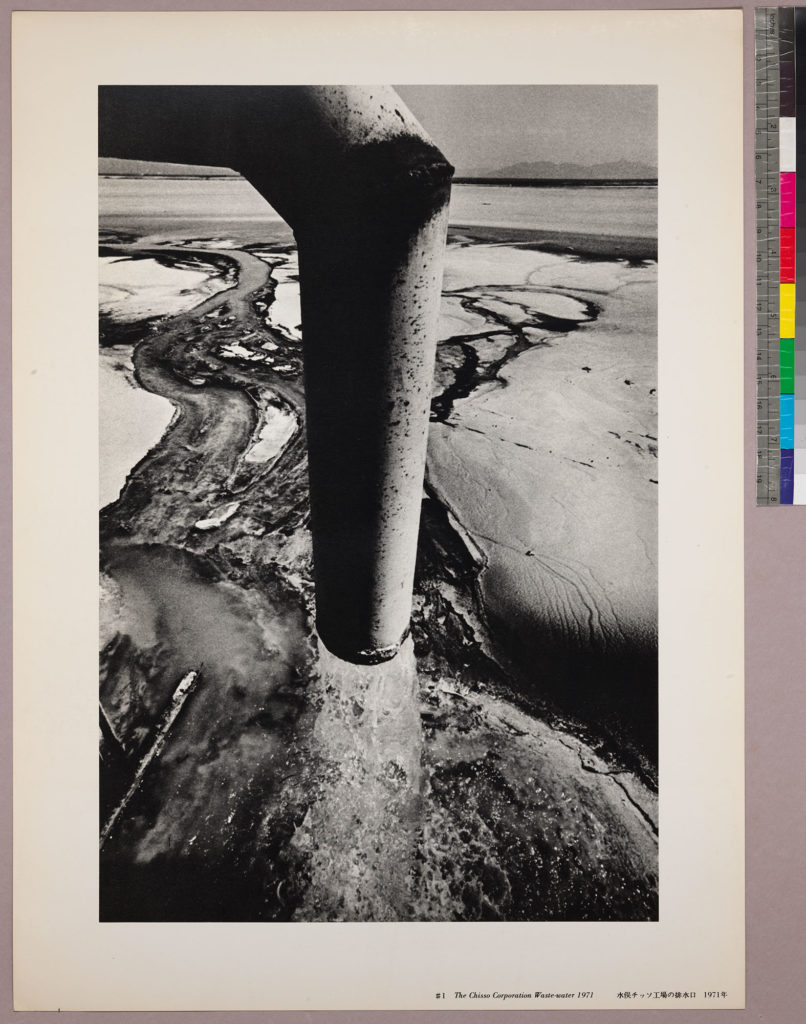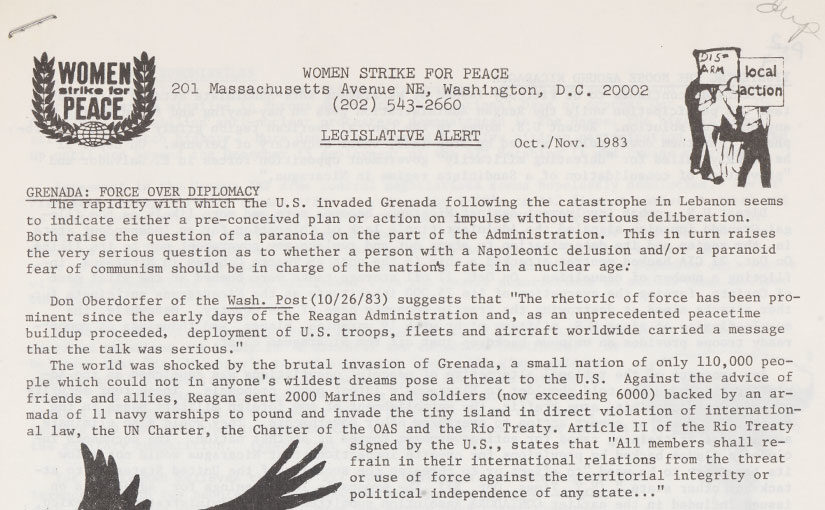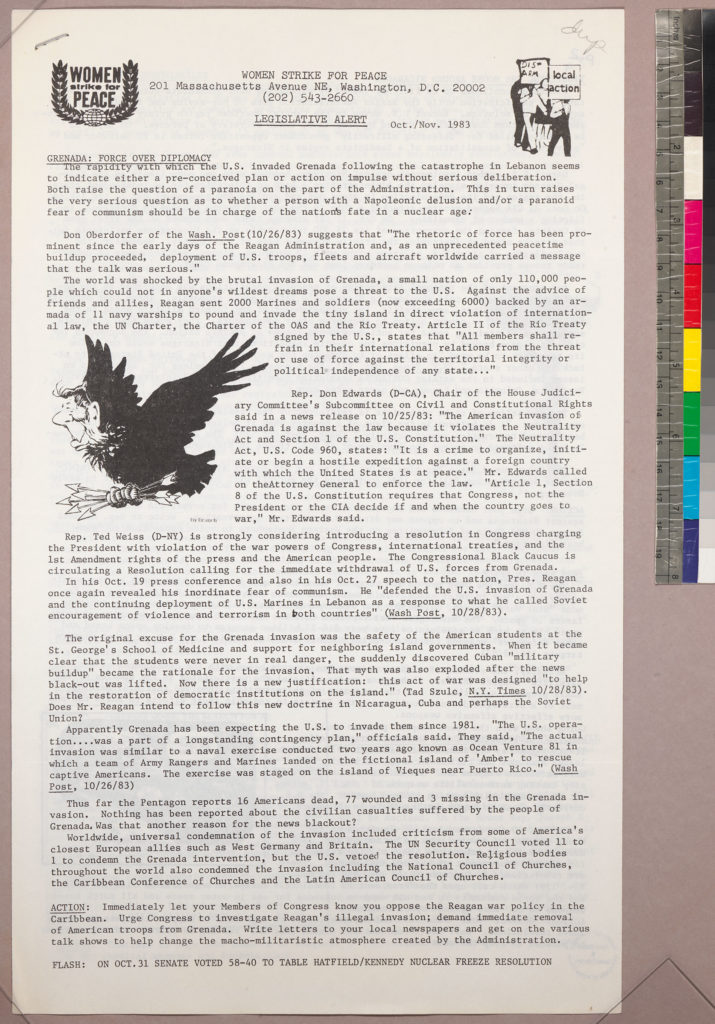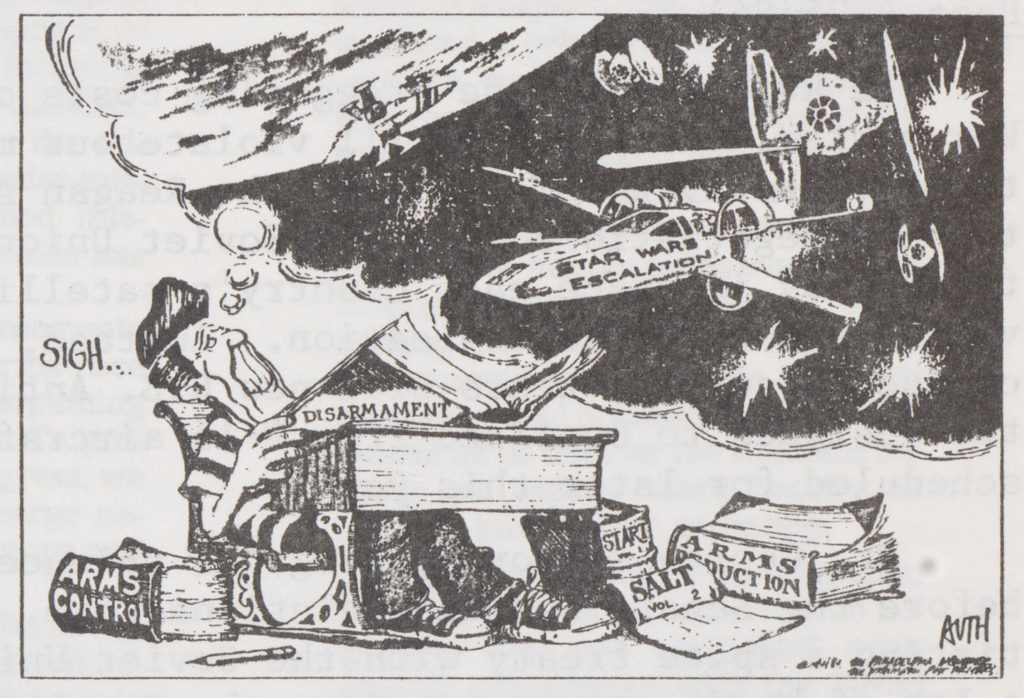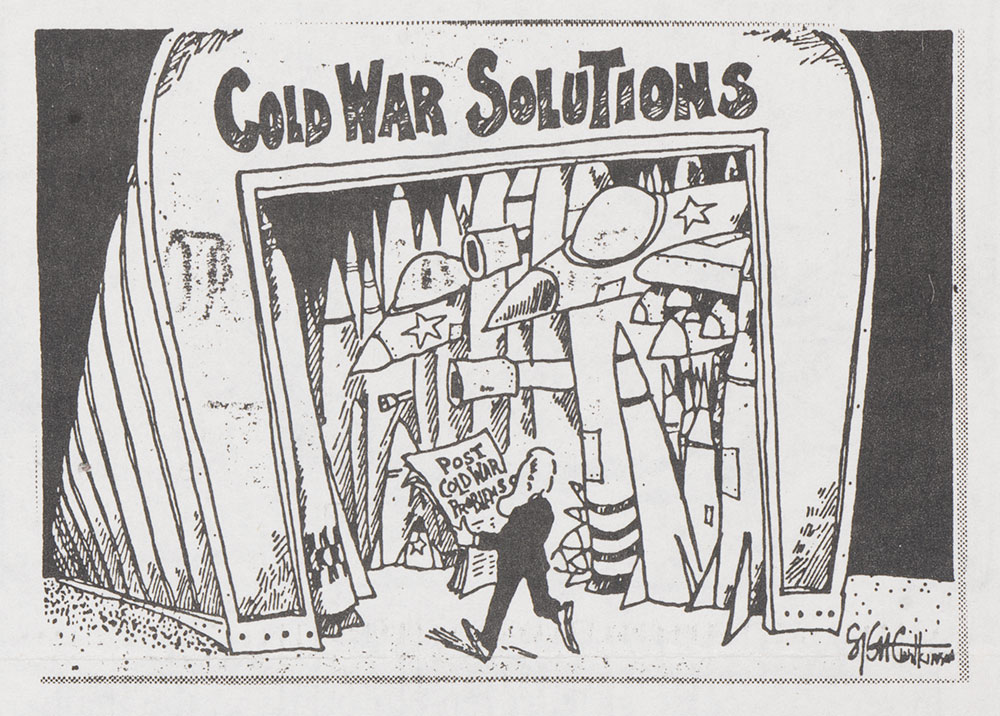Rare Books and Special Collections welcomes students, faculty, staff, researchers, and visitors back to campus for Fall ’23! We want to let you know about a variety of things to watch for in the coming semester.
Dublin Walking Tour
This week thousands of supporters of Notre Dame’s football team will travel to Ireland for the Aer Lingus Classic. The Hesburgh Libraries has developed a multimedia walk in Dublin’s city center that connects stories of our library collection with the streets and buildings along the way.
Learn more and access the app
in last week’s blog post.
Fall 2023 Exhibition: Making and Unmaking Emancipation in Cuba and the United States
This exhibition explores the fraught, circuitous and unfinished course of emancipation over the nineteenth century in Cuba and the United States. People—enslaved individuals and outside observers, survivors and resistors, and activists and conspirators—made and unmade emancipation, a process that remains unfinished and unrealized.
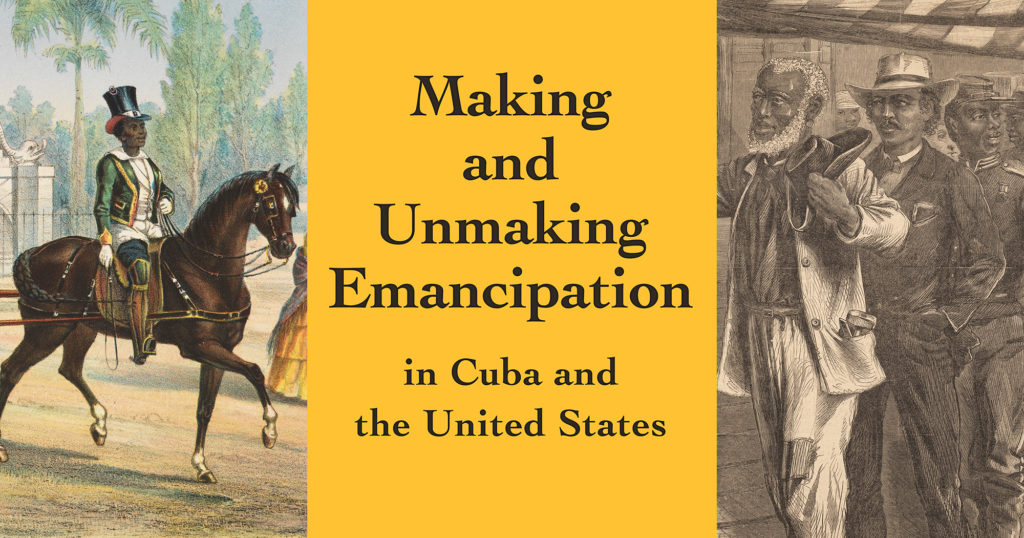
Curator-led tours are open to the public, noon – 1 pm on the following Fridays: September 1, 15 and 22; October 13 and 27 [tour on 100/27 cancelled], and November 17. Tours of the exhibit may be arranged for classes and other groups by contacting Rachel Bohlmann at (574) 631-1575 or Rachel.Bohlmann.2@nd.edu.
Curated by Erika Hosselkus, Latin American Studies Curator and Associate University Librarian, and Rachel Bohlmann, Curator of North Americana.
Stop in regularly to see our Collections Spotlights
Fall Spotlight: Football and Community at Historically Black Colleges and Universities
This exhibit features a selection of sources from the Joyce Sports Research Collection that document and preserve the history of football at Historically Black College and Universities (HBCUs). During the era of Jim Crow segregation, the vast majority of African American college students and student athletes attended HBCUs.
Many of the yearly gridiron contests between rival institutions developed into highly anticipated annual events that combined football with larger celebrations of African American achievement and excellence. The programs, media guides, ephemera, guidebooks, and other printed material on display document the athletic accomplishments, the celebrations, the spectacle, and the community-building that accompany football at Historically Black Colleges and Universities.
August-September Spotlight: Centering African American Writing in American Literature
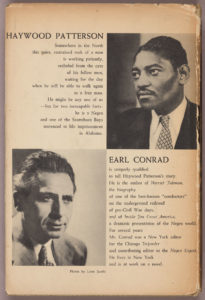
Decades before Alex Haley’s Roots swept to number one on the New York Times Best Seller List in 1976, writing and editing produced by African Americans was central to twentieth-century American publishing. Literary production was interracial. View examples of mid-century books by African Americans whose designs—from dust jackets to illustrations to bindings and paper quality—conveyed their centrality in publishing and American literature.
Curated by Korey Garibaldi, Associate Professor of American Studies, and Rachel Bohlmann, Curator of North Americana at Hesburgh Libraries.
These and other exhibits within the Hesburgh Libraries are generously supported by the McBrien Special Collections Endowment.
All exhibits are free and open to the public during business hours.
Special Collections’ Classes & Workshops
Throughout the semester, curators will teach sessions related to our holdings to undergraduate and graduate students from Notre Dame, Saint Mary’s College, and Holy Cross College. Curators may also be available to show special collections to visiting classes, from preschool through adults. If you would like to arrange a group visit and class with a curator, please contact Special Collections.
Events
These programs are free and open to the public.
Friday, September 1 at noon-1:00pm |First of the curator-led tours of the Fall 2023 Exhibition, Making and Unmaking Emancipation in Cuba and the United States. Additional tours will be held September 15 and 22; October 13 and 27, and November 17.
Friday, September 1 at 2:00-4:00pm | Spotlight Exhibit Tour and Open House, Football and Community at Historically Black Colleges and Universities, with curator Greg Bond.
Tuesday, September 19 at 4:00pm | Centering African American Writing in American Literature – American Studies Professor Korey Garibaldi will draw on his new book, Impermanent Blackness: The Making and Unmaking of Interracial Literary Culture in Modern America (Princeton, 2023), and on recent library acquisitions to discuss how, during the middle of the twentieth century, modern American literature and its production were interracial. He will explore multiple aspects of American literary creation, including how African American content has been embodied in dust jacket and cover designs, illustrations, the style of type and bindings, and the overall production quality.
Learn more about Special Collections and other Library Events.
Thursday, October 5th at 5:00pm | The Fall 2023 Italian Research Seminar and Lectures will begin with a lecture by Daniela La Penna (University of Reading, UK), “The Archival Turn and Network approach: Examining evolving translation practices and discourses in the British publishing firm complex, 1950s-1980s.”
Learn more about this and other Events in Italian Studies.
Recent Acquisitions
Special Collections acquires new material throughout the year. Watch this blog for information about recent acquisitions.
